Yemen

Credit – Einsamer Schutze CC BY SA 3.0
Uruk, 3000 BC

Credit -Osama Shukir Muhammed Amin CC BY SA 4.0
France – Menhir
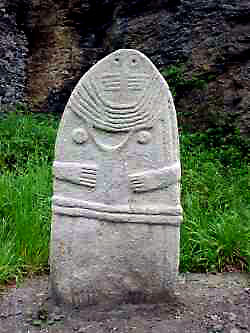
Credit- Raoul75 public domain
Cycladic Statue,Naxos Greek Island(3000 BC-2800 BC)
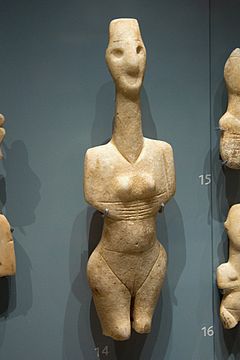
Saudi Arabia -3000 BC

public domain
” How did a Closed mouth fertility idol travel across every land between 4000 and 3000 BC—before oceans were paths and languages were born ?

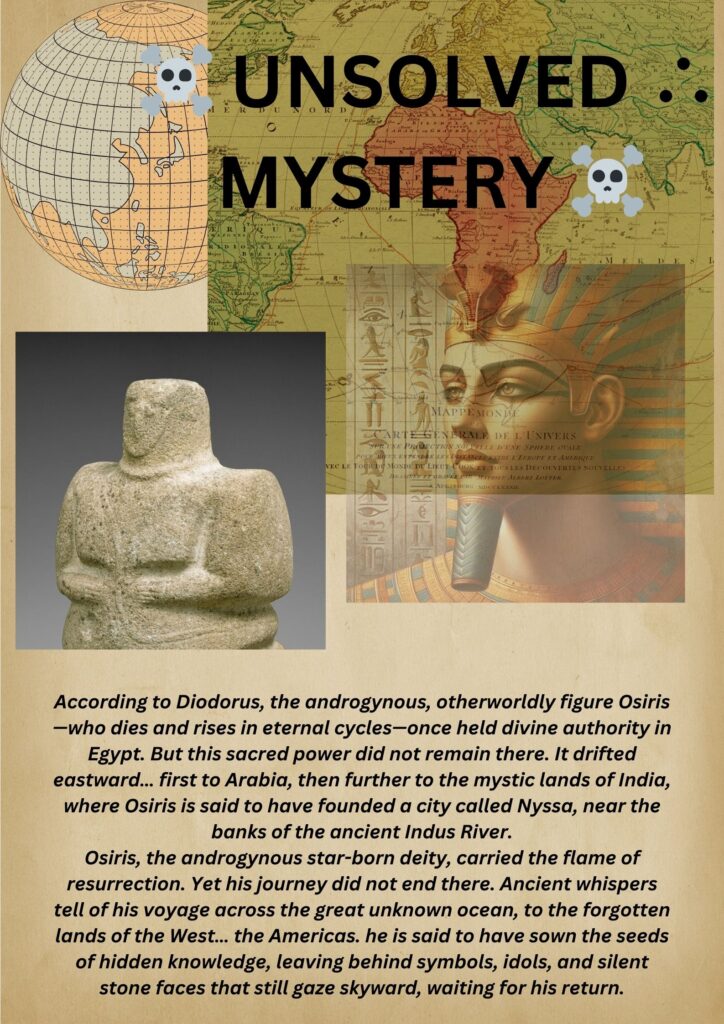
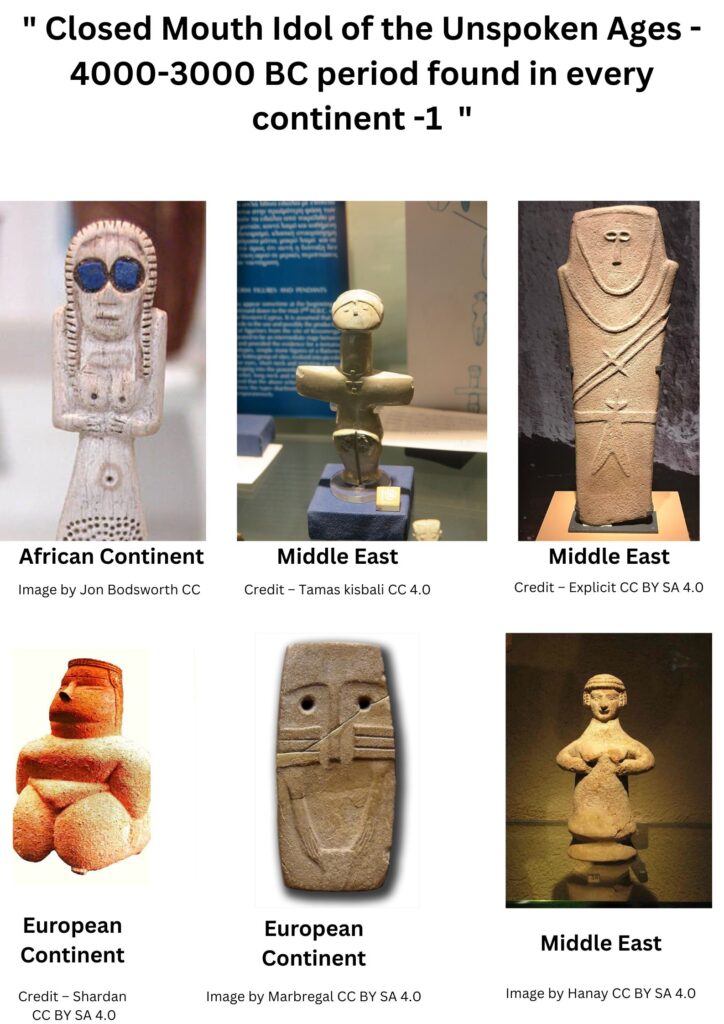

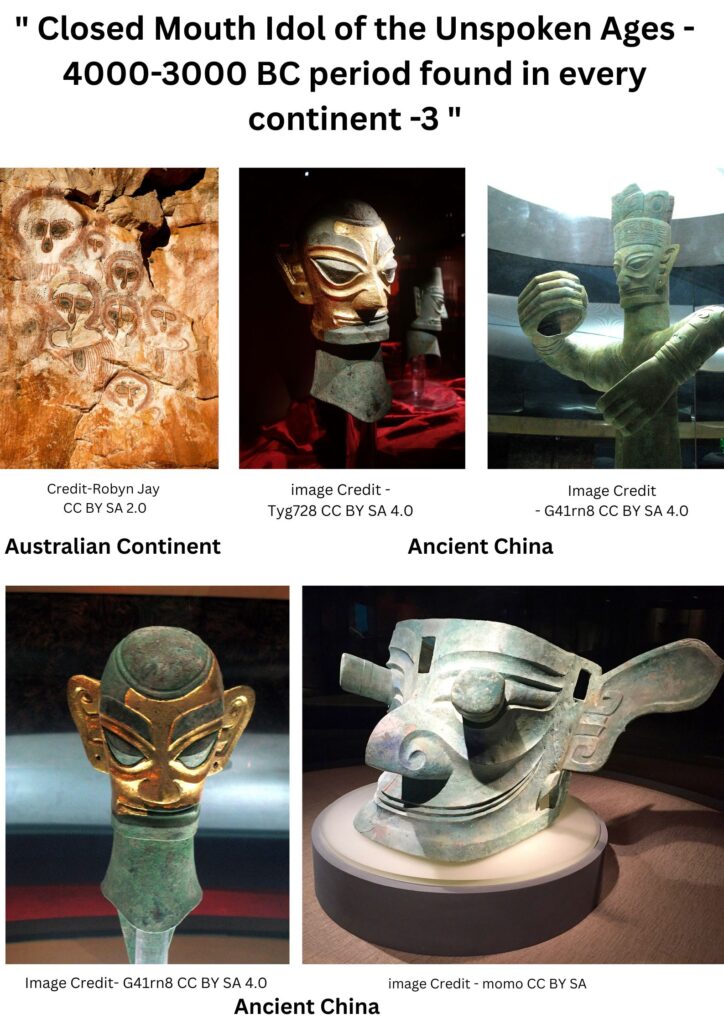
It’s strange, isn’t it? These statues—same closed mouth, same posture—show up in places that were supposedly never connected. Africa, Europe, the Middle East… even across oceans. How could that happen? Either people in different parts of the world had the exact same idea at the exact same time, or someone traveled. Someone with a message, a symbol, an ideology. But how? There were no planes, no ships that could cross continents like that. So who were they? And what were they trying to say with these silent faces?
Alien Androgynous Osiris Dying and Rising Deity
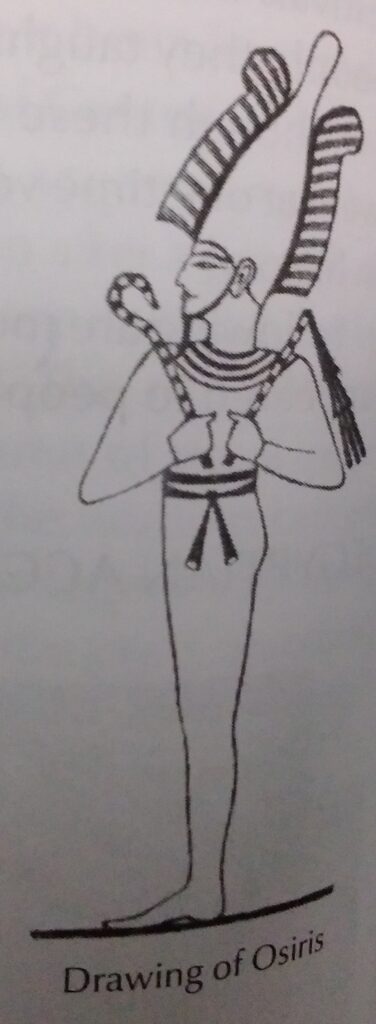
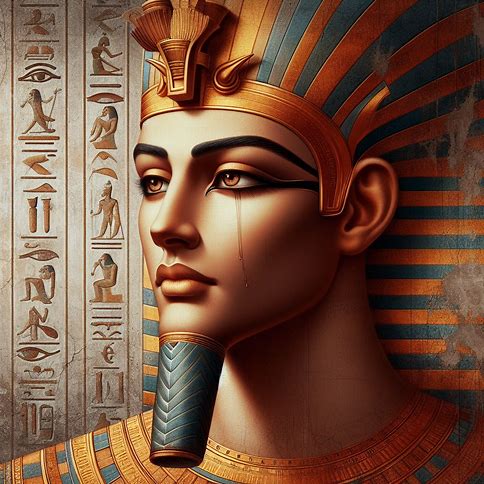
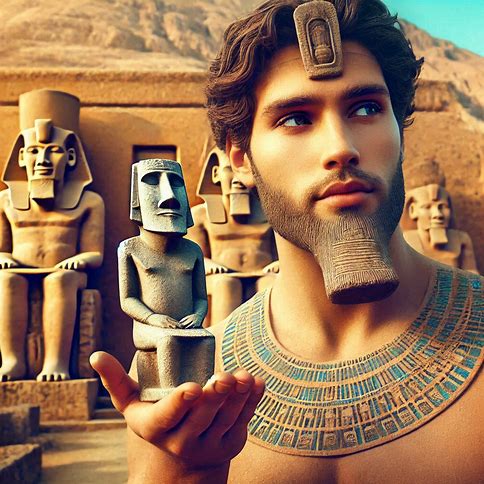
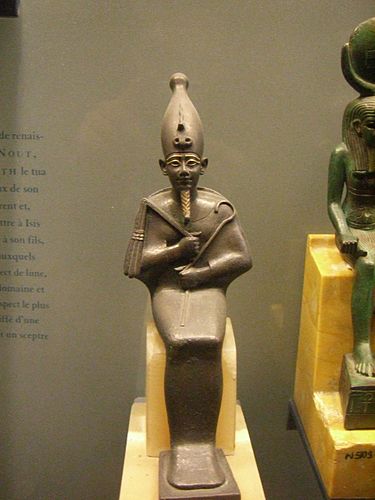
Statue of Osiris, Attribution: Rama CC BY SA 3.0 France
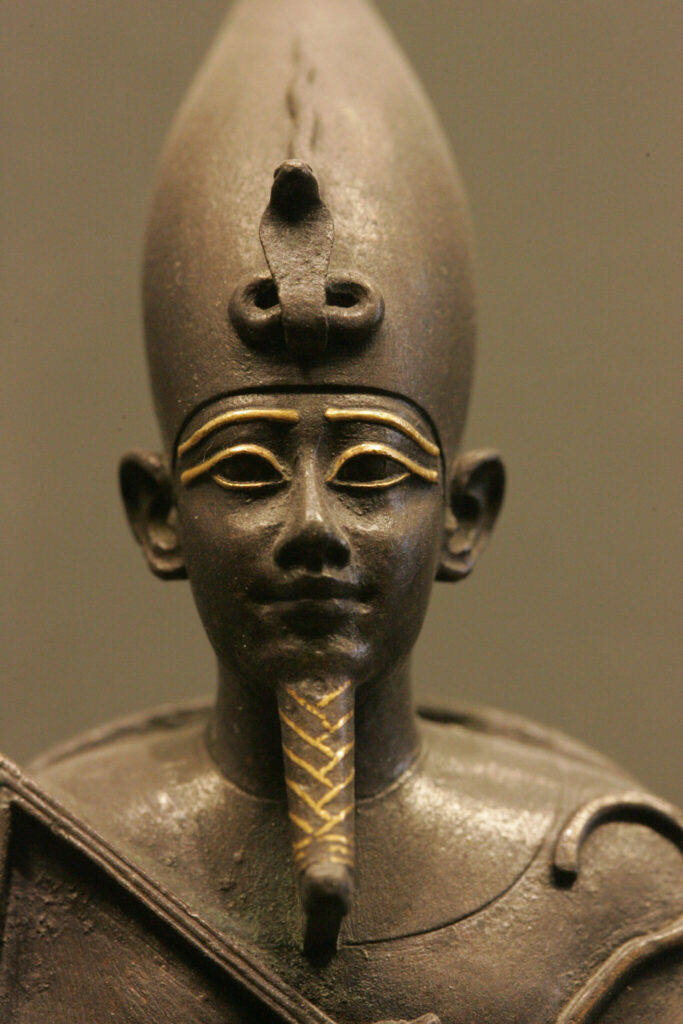
Statue of Osiris, Attribution: Rama CC BY SA 3.0 France
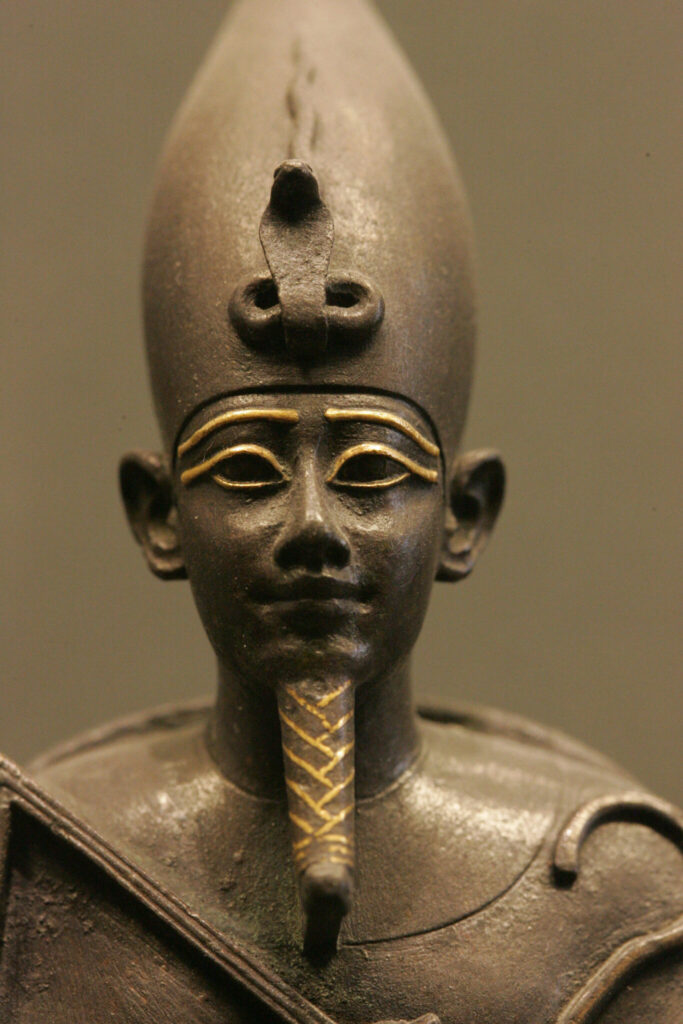
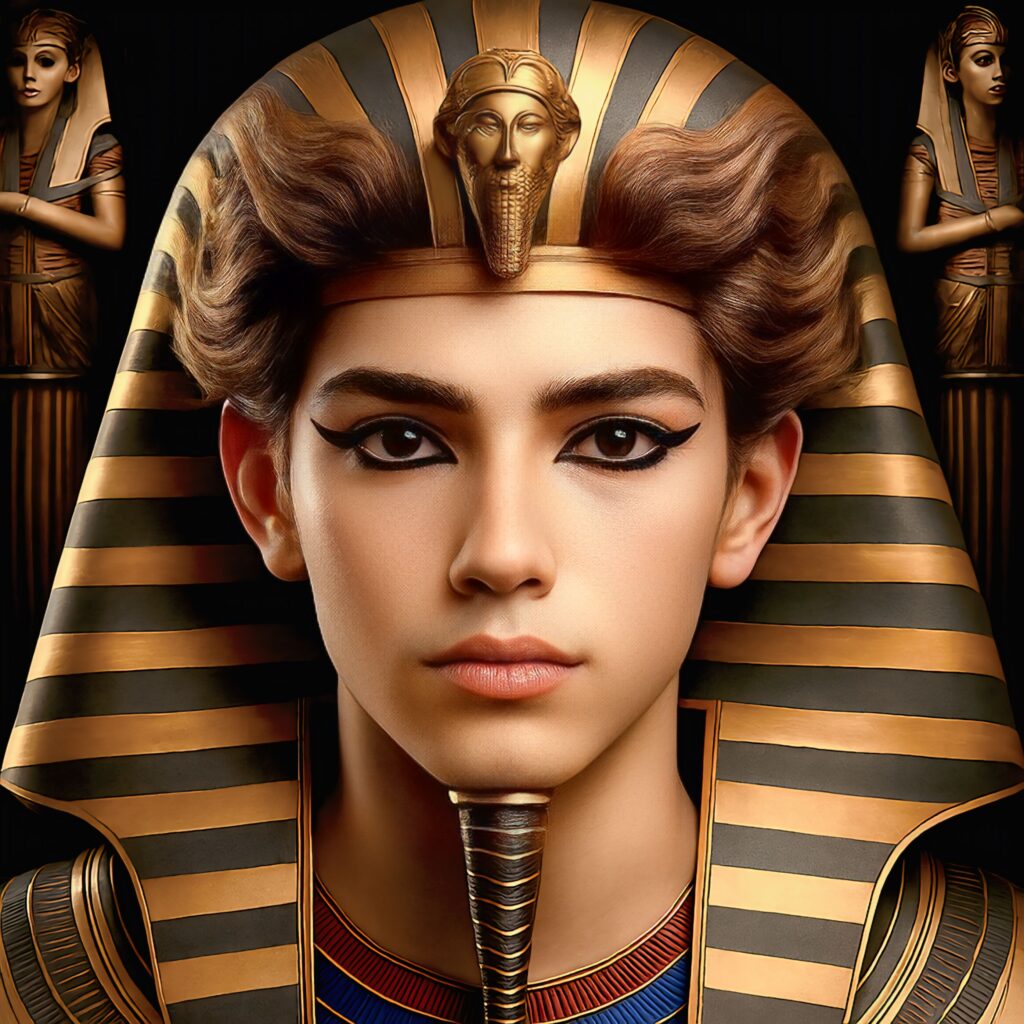

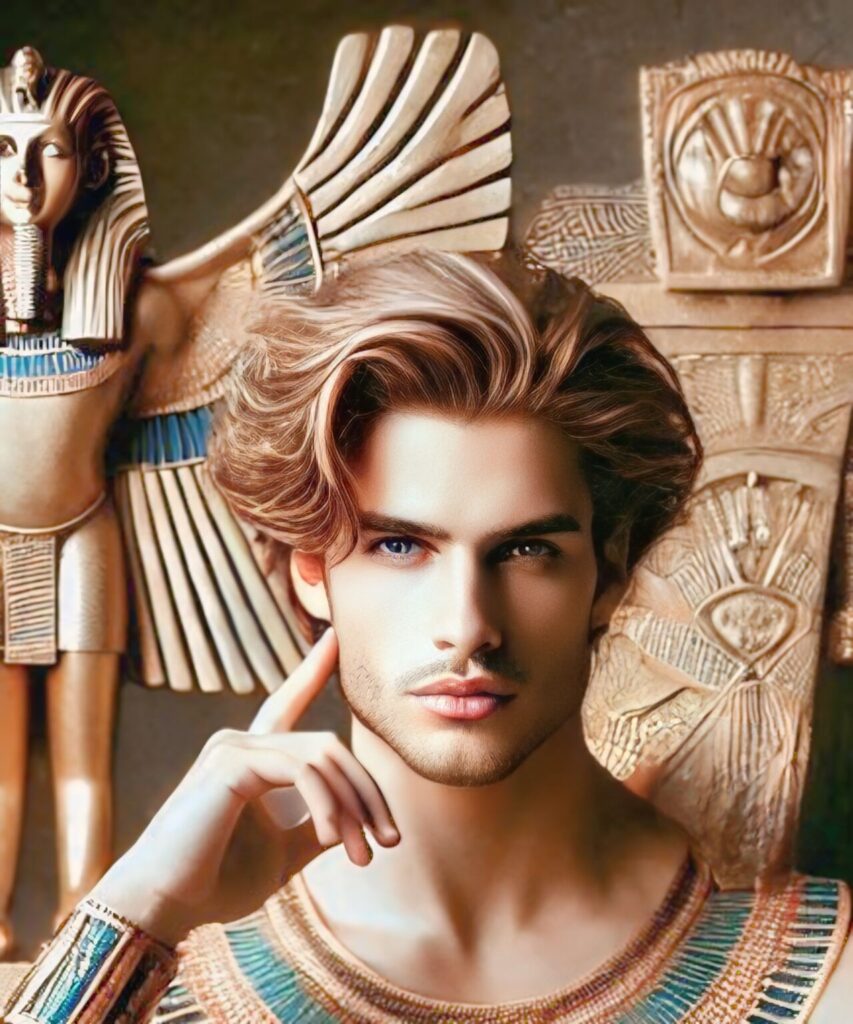
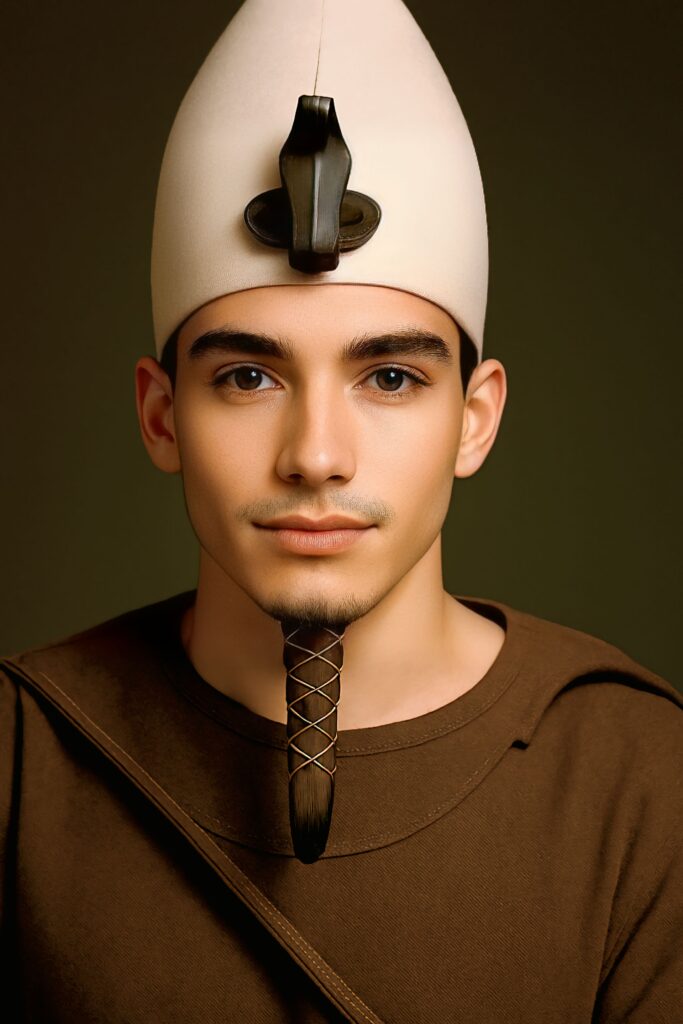
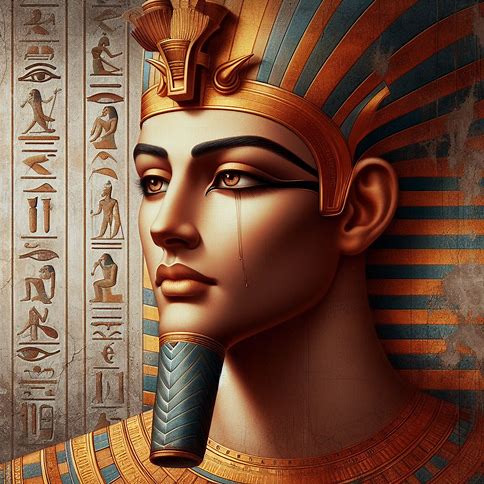
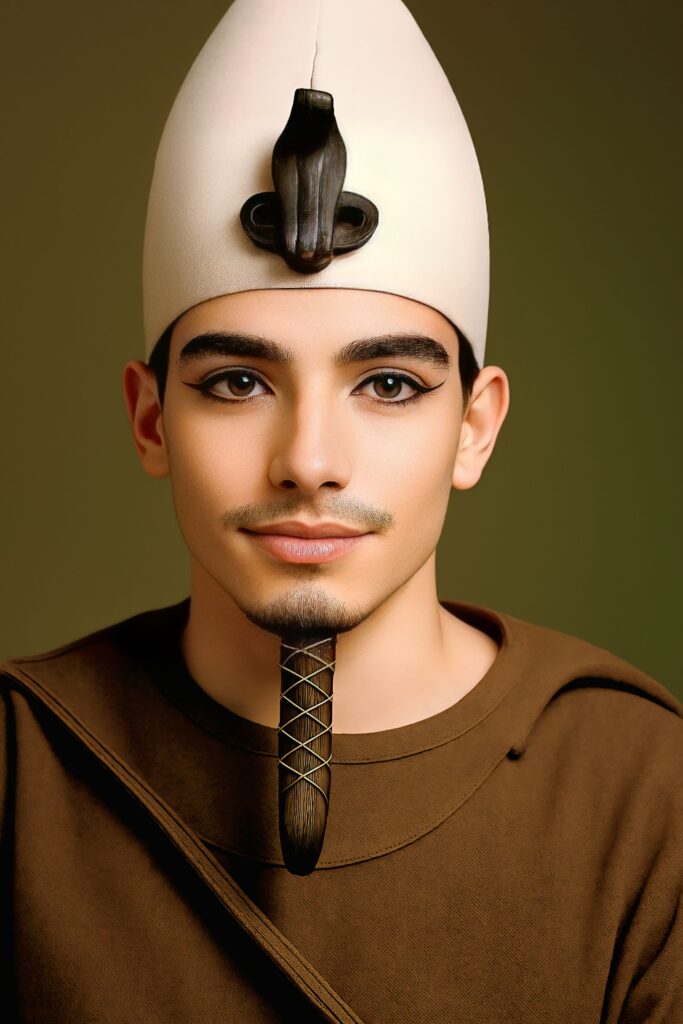
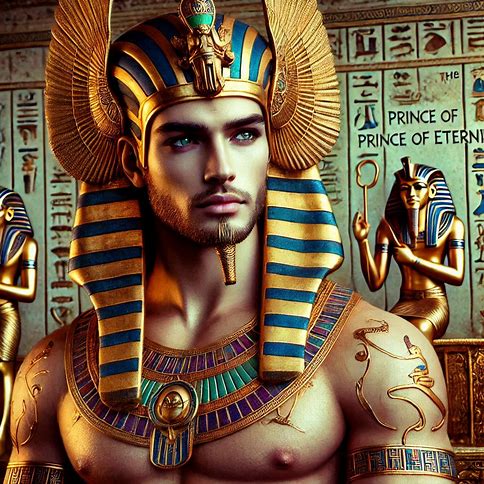
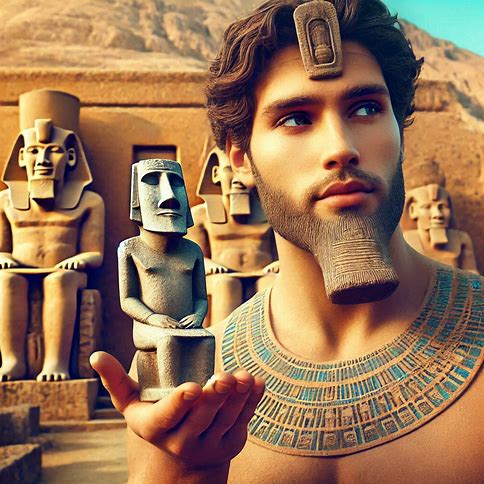
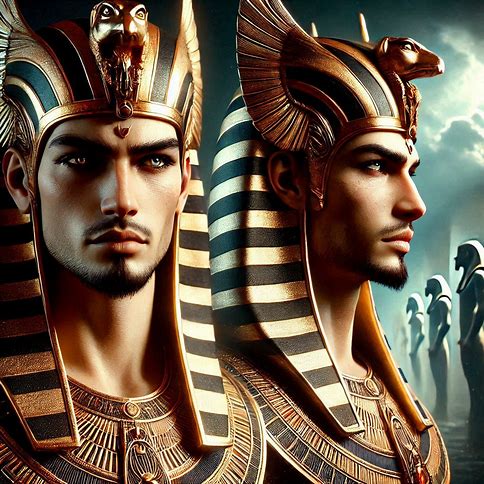
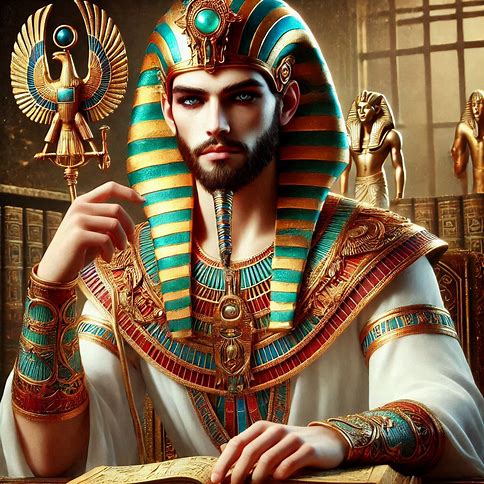
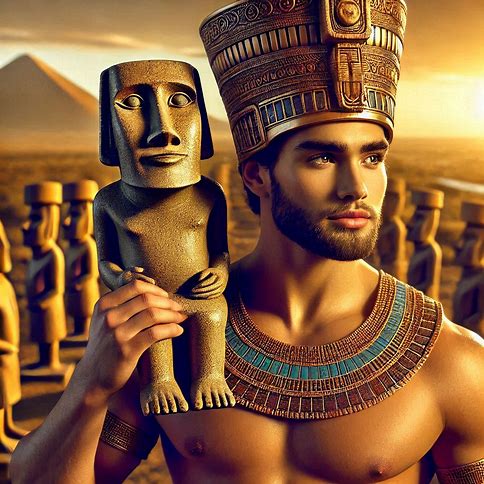
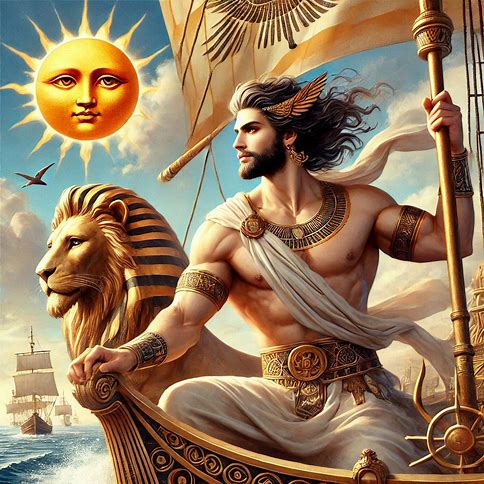
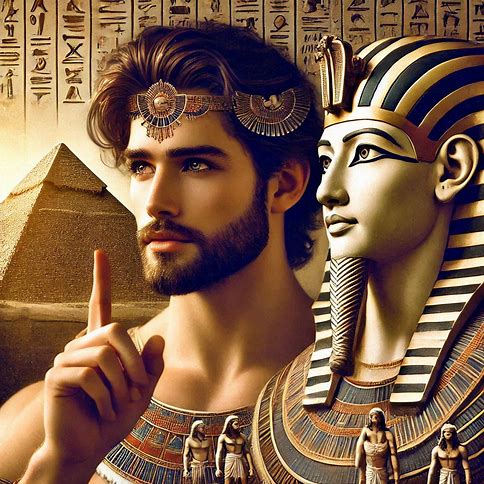


Face Transformation of Androgynous Osiris from Young to Old age
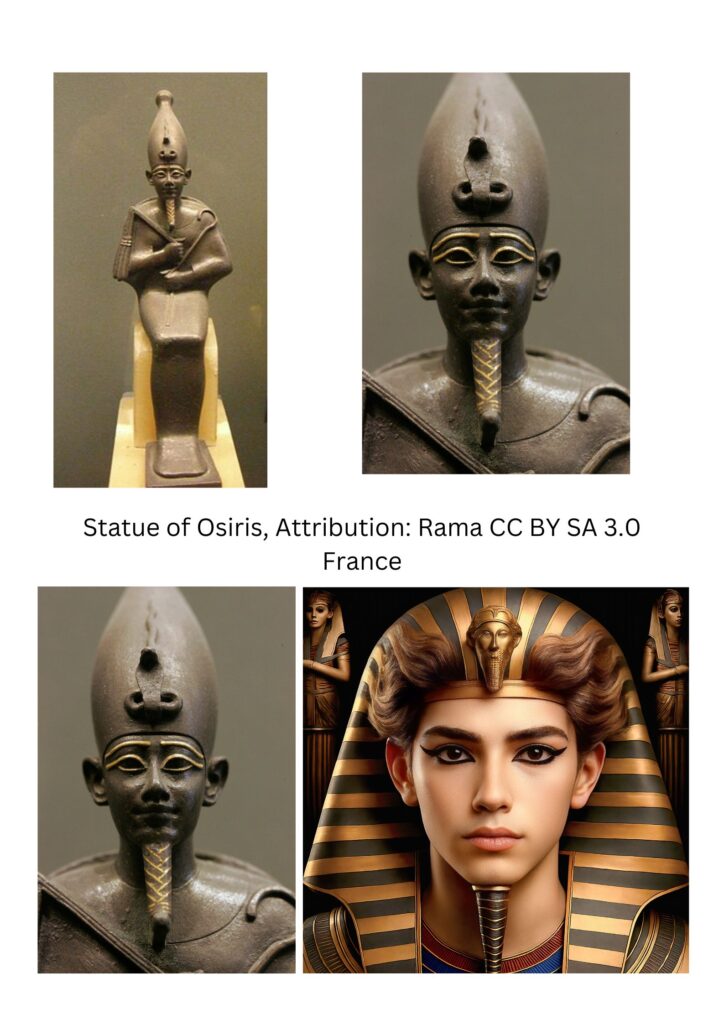
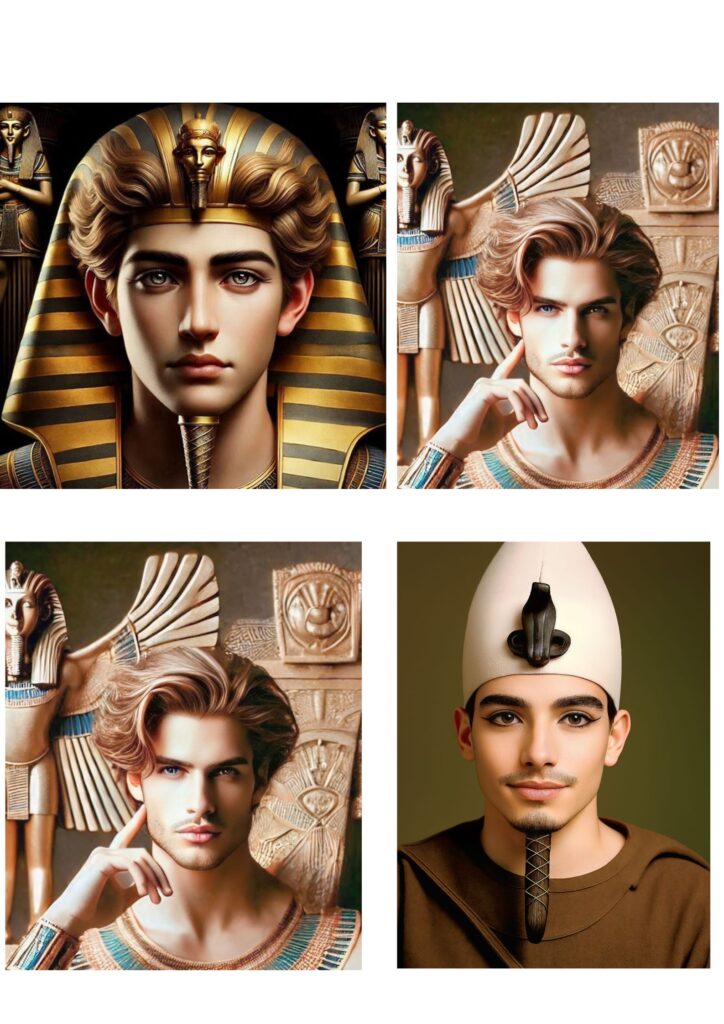

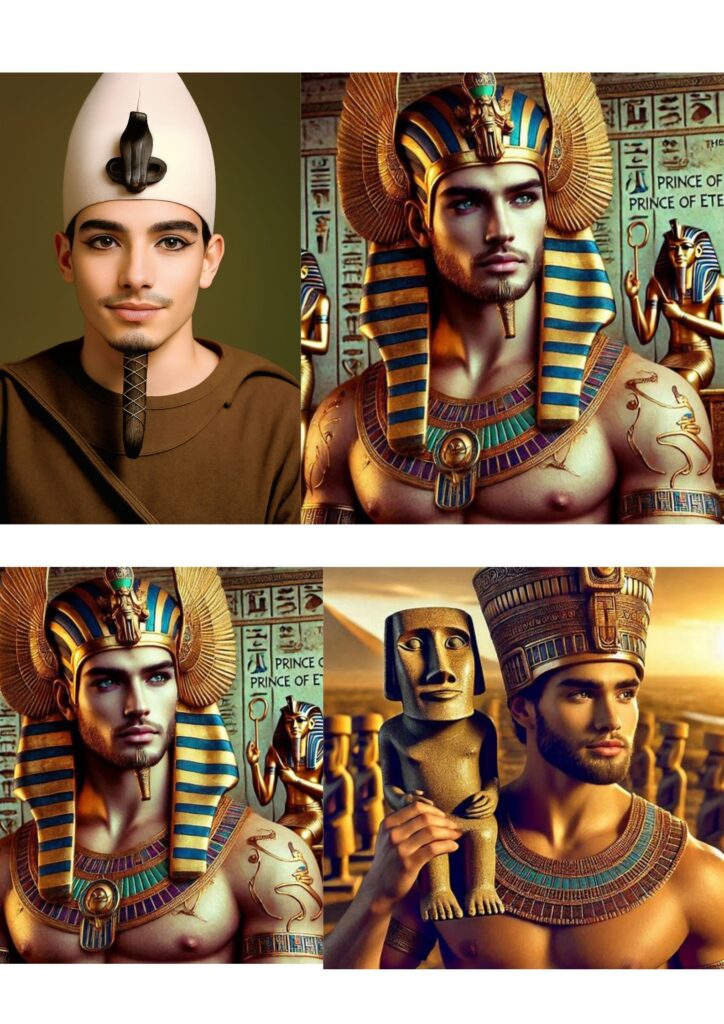
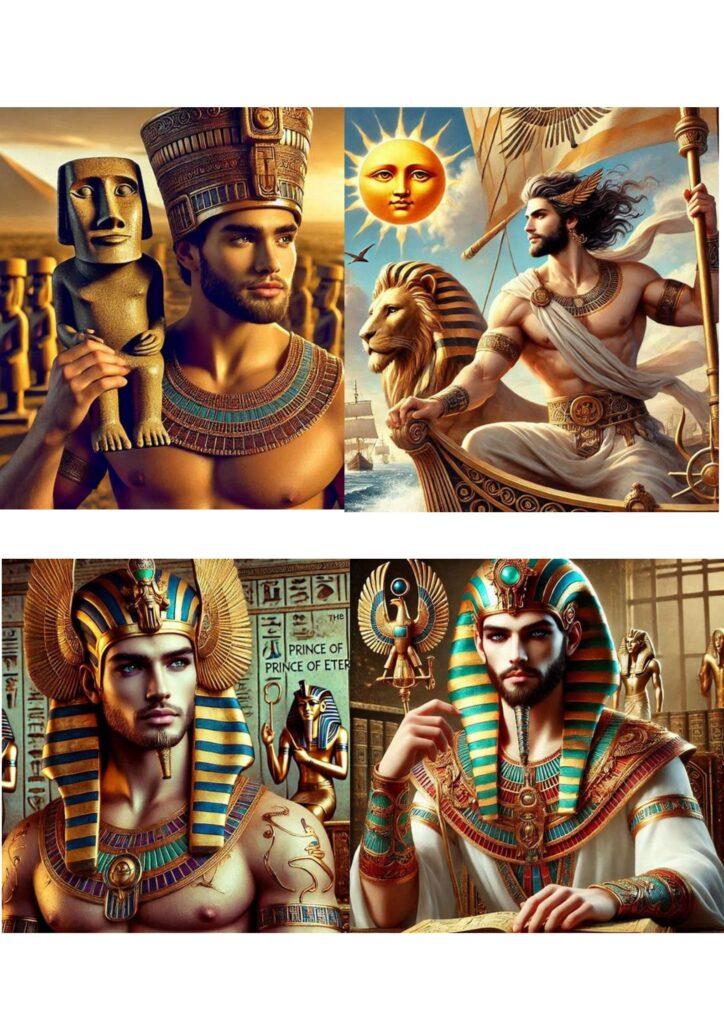
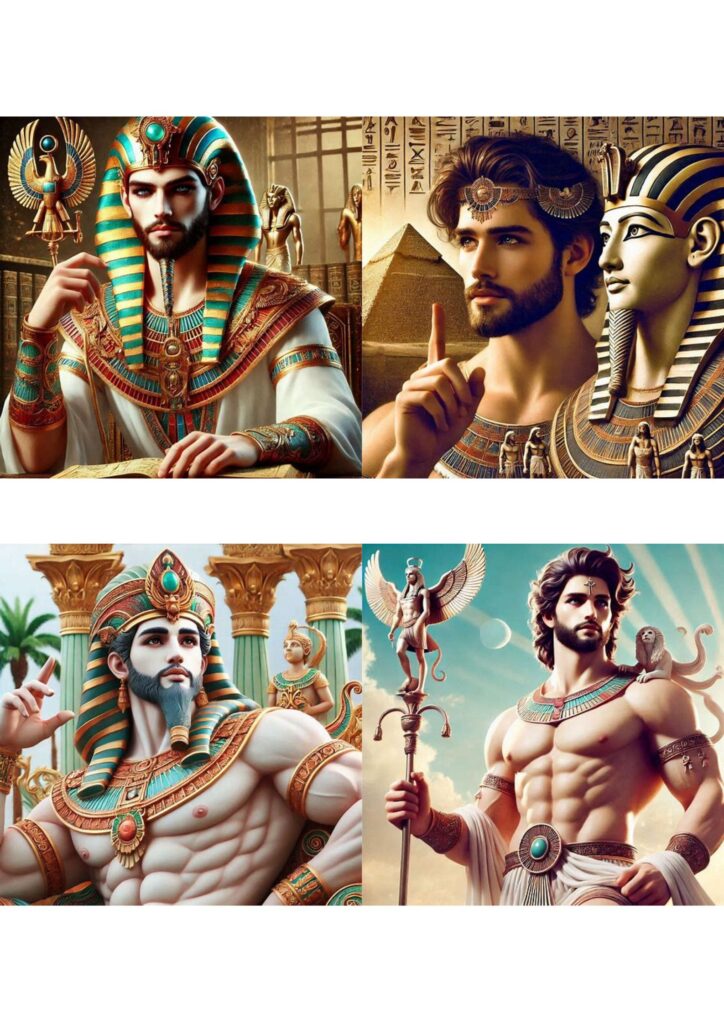
Conclusion – Androgynous Dying and Rising authority mentioned as a Ruler of Eternity by ancient Indian vedic text and Book of the dead of 1200 BC, as a creator of civilizations and Dynasty, Androgynous Osiris also taught knowledge of civilizations and mentioned as a prince of Eternity in book of the dead, was he the same single Androgynous dying and Rising authority whose face remains same in every birth as per Bhagvadgita verse 4.6.
Lets Test Hypothesis
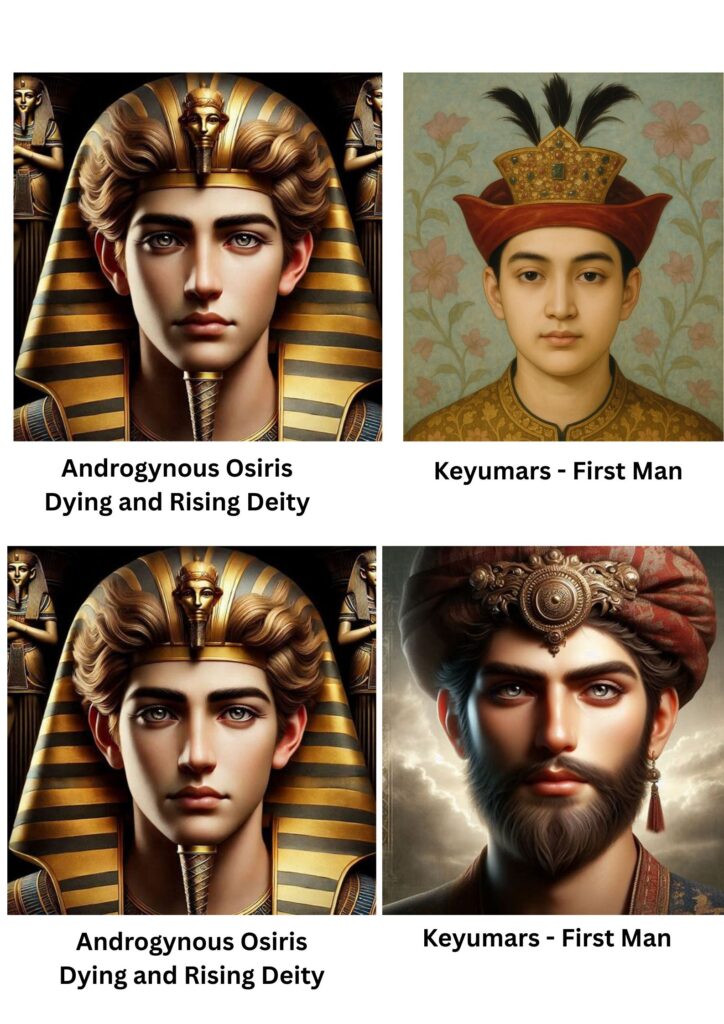
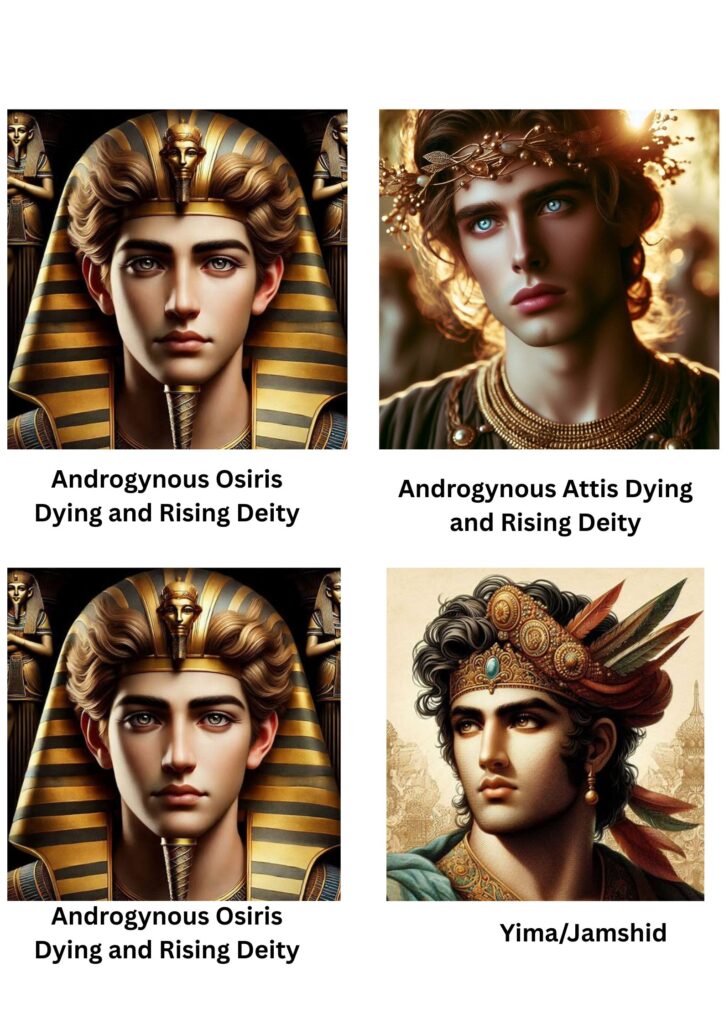
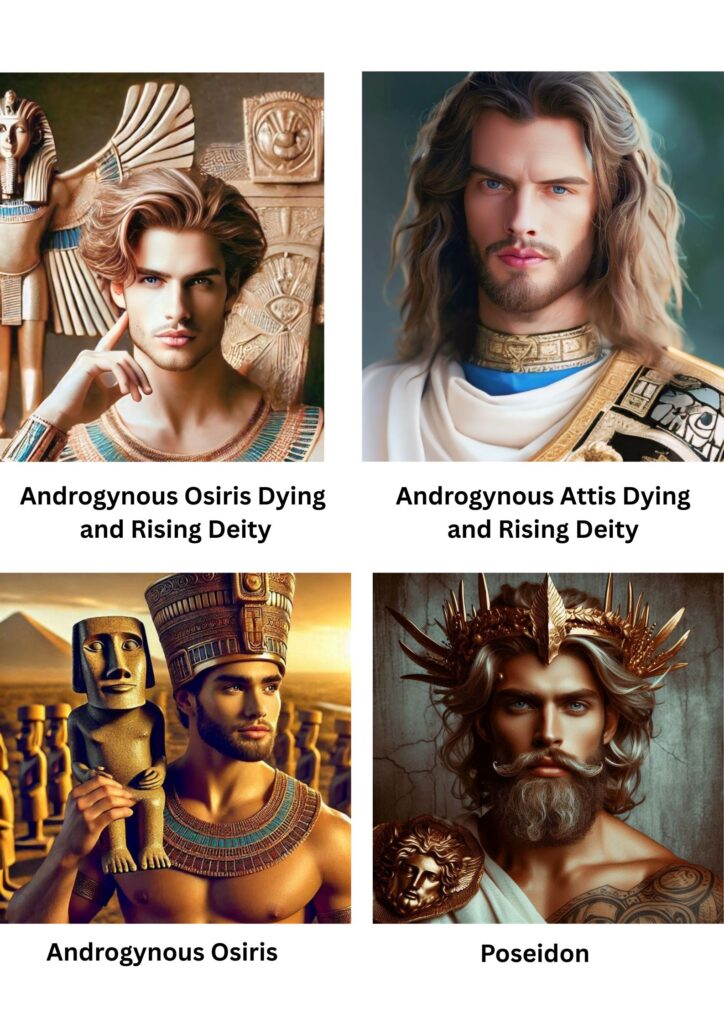
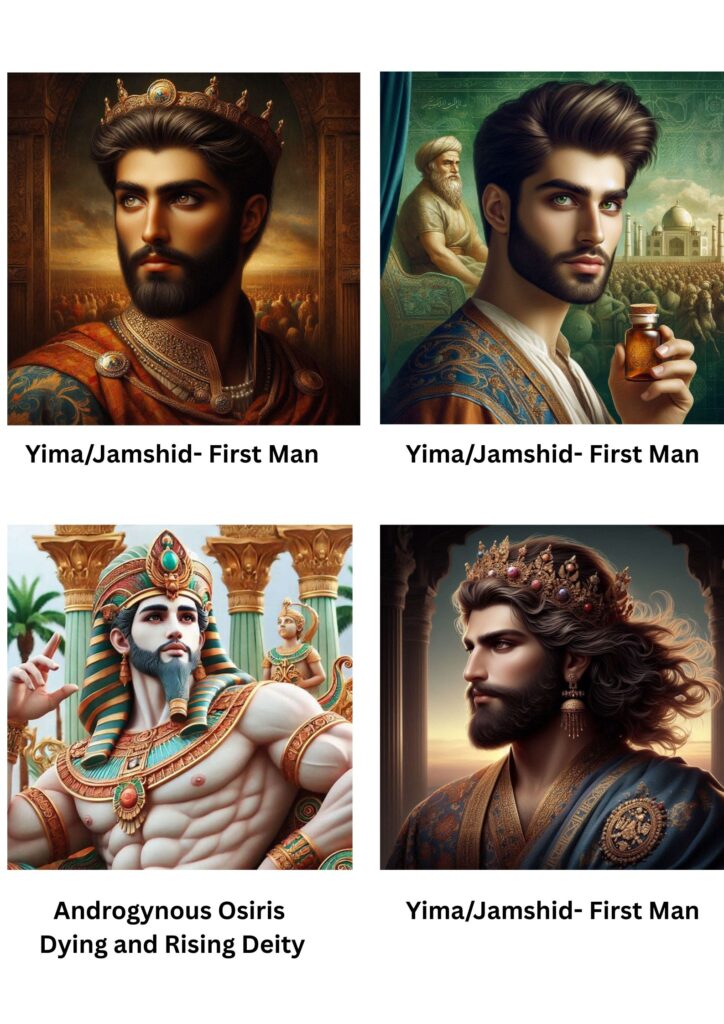
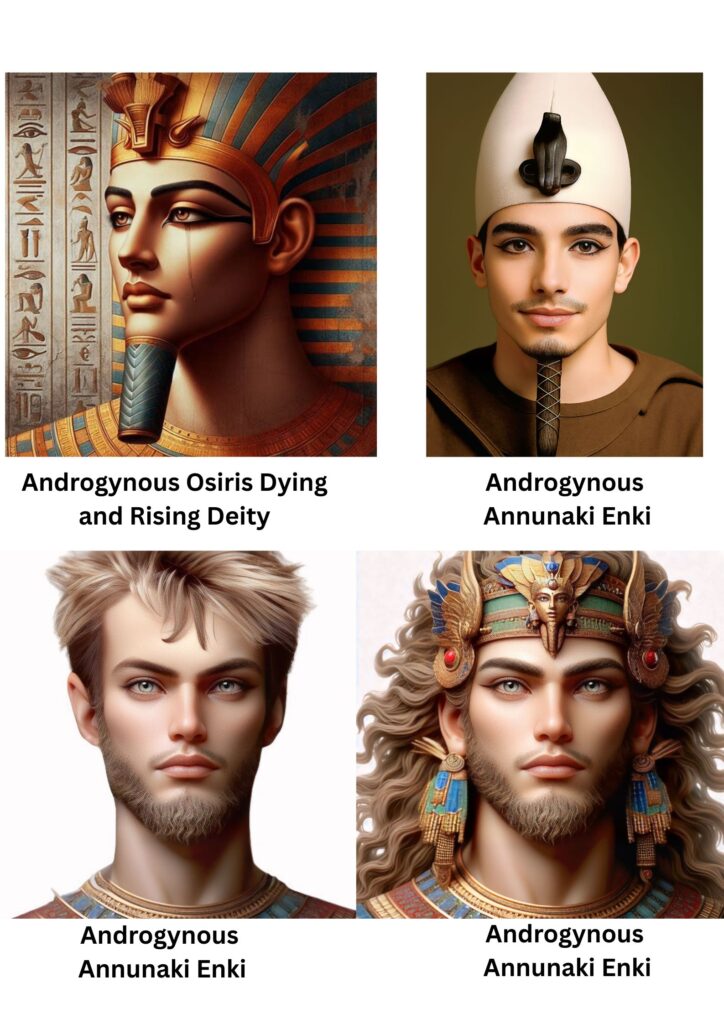
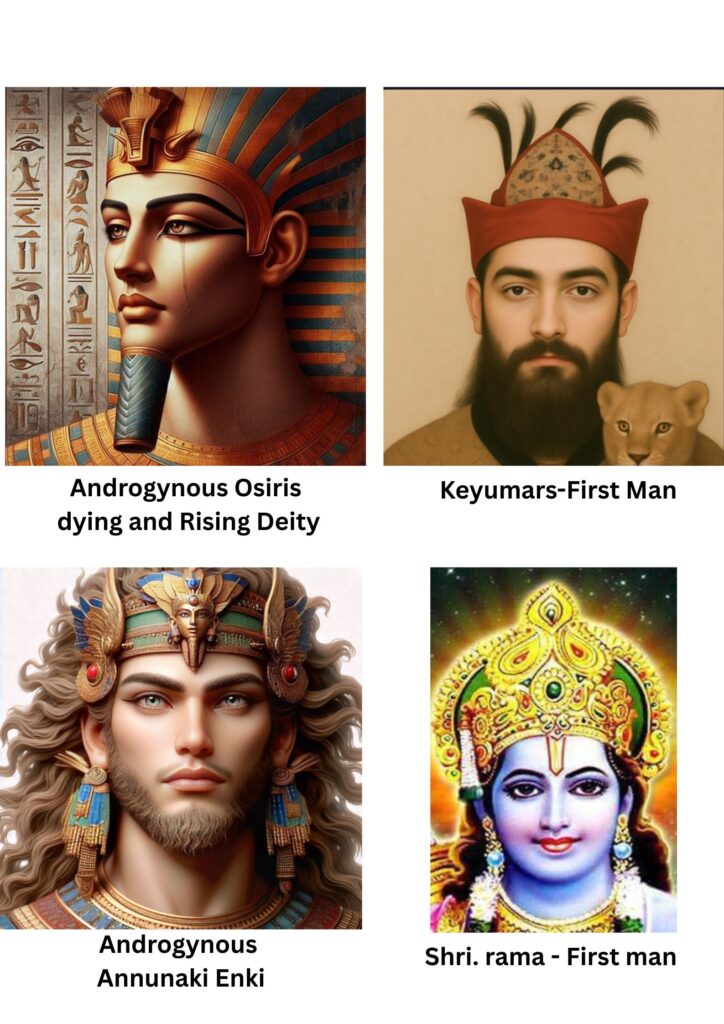
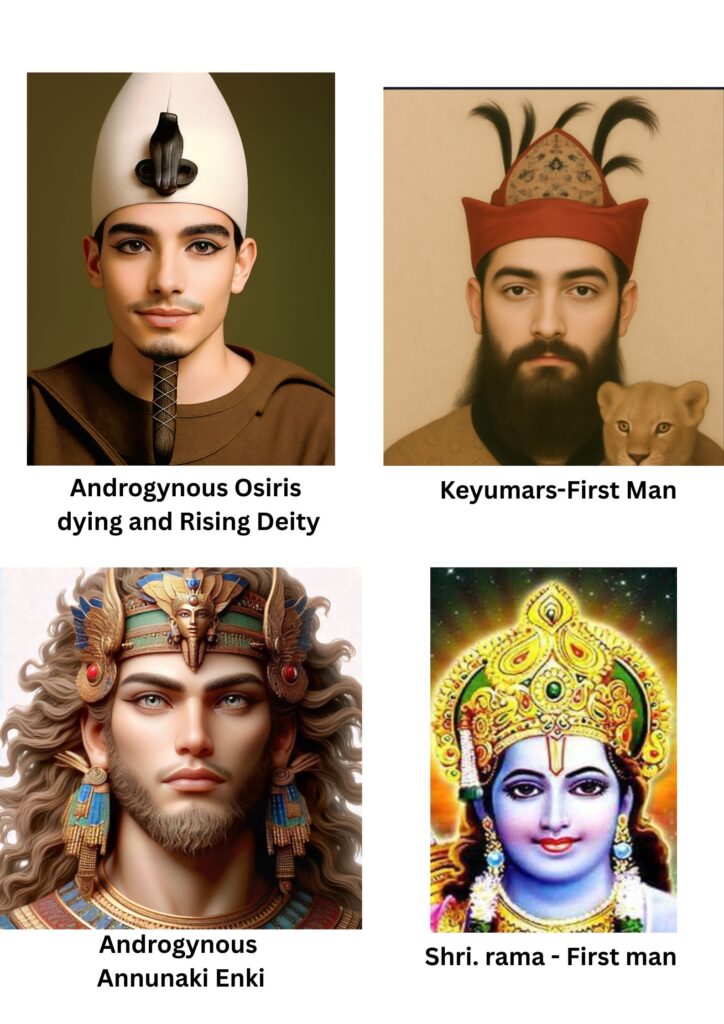
Unsolved Mystery – Androgynous Osiris Dying and Rising Deity face Match with Another Possible Births of this Creator of civilizations and Dynasty founder Androgynous Dying and Rising authority Mentioned in Indian vedic text, and Egyptian book of the dead.as well as Osiris mentioned as a Extraterrestrial, it is Biggest unsolved Mystery.
Pelasgus – First Man(3300-2200 BC)

Pelasgus Larrisa left Similar Statue

use under fair use policy
This is apparently the only menhir ever discovered in Greece. Two meters tall, it depicts a female figure and dates from the Early Bronze Age (3300-2200 BC). Discovered in Central Greece at Soufli Magoula, Larisa Prefecture, currently in the Larisa Diachronic Museum…
In mythology, the nymph Larissa was the daughter of the proto-human Pelasgus. The man who taught people to eat acorns…
Pausanias was a second-century AD Greek traveler and geographer who lived during the time of the Roman emperors Hadrian, Antoninus Pius, and Marcus Aurelius. He wrote a “Description of Greece” in ten books, each devoted to some part of Greece , One of the books was about Arcadia, a region in the central Peloponnese, an ancient and mysterious place where the Pelasgians, followers of Pelasgus, began human civilization.
Pausanius tells us that it was Pelasgus who “invented huts in which men should not shiver, nor be drenched by rain, or oppressed by heat.






He also invented sheepskin coats, such as the poor people wear to this day in Euboea and Phocis.”Pausanius also tells us that Pelasgus “introduced as food the nuts of trees, not the nuts of all trees, but only the acorns of the edible oak.” He notes that even in his own time the Arcadians were fond of acorns.on one of the Arcadian coins the depiction of an acorn is Present.
Conclusion – Pelasgus taught knowledge of Civilizations, and Known as a First man, Similar like Yima/ Jamshid , who Known as a First man and taught knowledge of civilizations as per Iranian Myths. Face of Yima/Jamshid Match with Possible births of this Androgynous Dying and Rising authority, so Does pelasgus was also a same creator of civilizations Androgynous dying and Rising authority is yet and unsolved Mystery, Does he left same fertility sign in his Another birth as a evidence of one soul Authority is yet remains a Mystery.
Singapore, 3000 BC

Credit -Jacklee CC BY SA 4.0
Alien Androgynous Annunaki Marduk
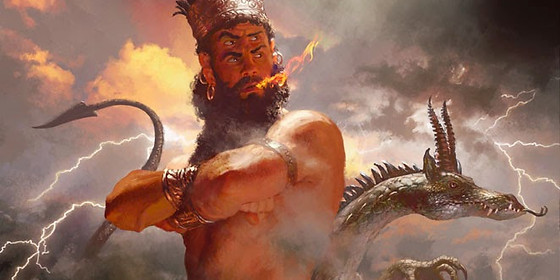
annunaki Marduk image credit – Fandom. Com
The statue of Marduk in Babylon was very important for both religion and politics. People believed it was the real presence of the Deity Marduk. As long as the statue was in the city, they felt safe and believed their king had the right to rule. The statue’s removal, even temporarily, was seen as a catastrophic loss, leading to political turmoil and even divine punishment for those who took it.
- Religious Significance: The Babylonians believed the statue wasn’t just a symbol — they thought the creator Deity Marduk actually lived in it and was present in their city through it.
- Religious Rituals: The statue was at the heart of important religious events, especially during the Babylonian New Year celebrations and when a new king was crowned.
- Political Symbolism: The statue stood for the city’s safety and proved the king had the right to rule. If enemies took the statue, it showed they had conquered the city. Bringing it back meant peace was restored.
- Psychological Warfare: Enemies took the statue to weaken the people of Babylon by making them feel afraid, helpless, and abandoned by their deity.
The statue of Marduk wasn’t just a piece of art—it was the beating heart of Babylon’s spiritual and political identity. To understand its importance, you have to step into the mindset of ancient Mesopotamians, where Deities weren’t distant abstractions. They were real, present, and deeply woven into the rhythms of daily life. And Marduk, the chief deity of Babylon, stood at the center of it all.This statue, housed in the grand temple Esagila, was believed to be more than a representation—it was Marduk himself. Not metaphorically. Literally. The Babylonians believed the Deity inhabited the statue, making it a living conduit between heaven and earth. That belief gave the statue immense power—not just religious, but political.Every year during the Akitu festival, the statue was paraded through the city in a ritual that symbolized cosmic renewal. It wasn’t just a celebration—it was a reenactment of Marduk’s victory over chaos, a reaffirmation of order in the universe. The king himself played a role in this drama, humbling himself before the statue, confessing his shortcomings, and receiving his crown “from the hands of Marduk.” That moment wasn’t symbolic—it was the divine legitimization of his rule. Without it, his authority was incomplete.This is why enemies of Babylon targeted the statue during invasions. Stealing it wasn’t just looting—it was psychological warfare. When the Hittites, Assyrians, or Elamites took the statue, they weren’t just robbing a temple—they were severing Babylon’s connection to its Deity, disrupting rituals, and shaking the very foundation of its society. And interestingly, history records that those who stole the statue often met grim ends—killed by their own kin, undone by internal strife. Babylonians saw this as divine justice, proof that Marduk’s power extended far beyond the city walls.When the statue was returned—whether through diplomacy or conquest—it was cause for massive celebration. It meant restoration, healing, and the return of divine favor. Even Alexander the Great, centuries later, recognized its importance. He restored the statue’s crown in 325 BCE, a gesture that showed respect not just for the Deity, but for the legacy of Babylon itself.So the statue of Marduk wasn’t just a religious icon. It was a living symbol of cosmic order, royal legitimacy, and Babylonian pride. Its presence shaped rituals, politics, and identity. Its absence was a crisis. And its return was redemption. In a world where Deities walked among men, this statue was the throne on which one of the greatest deities sat.
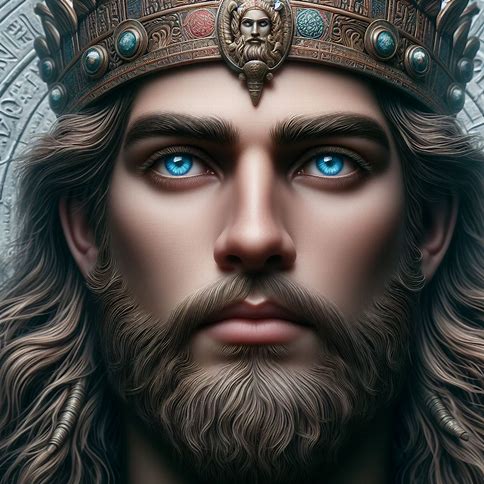
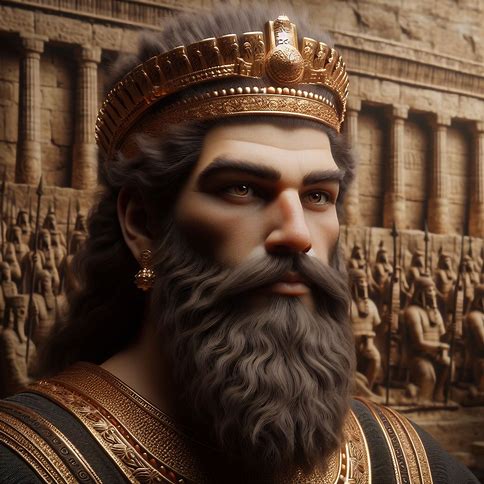
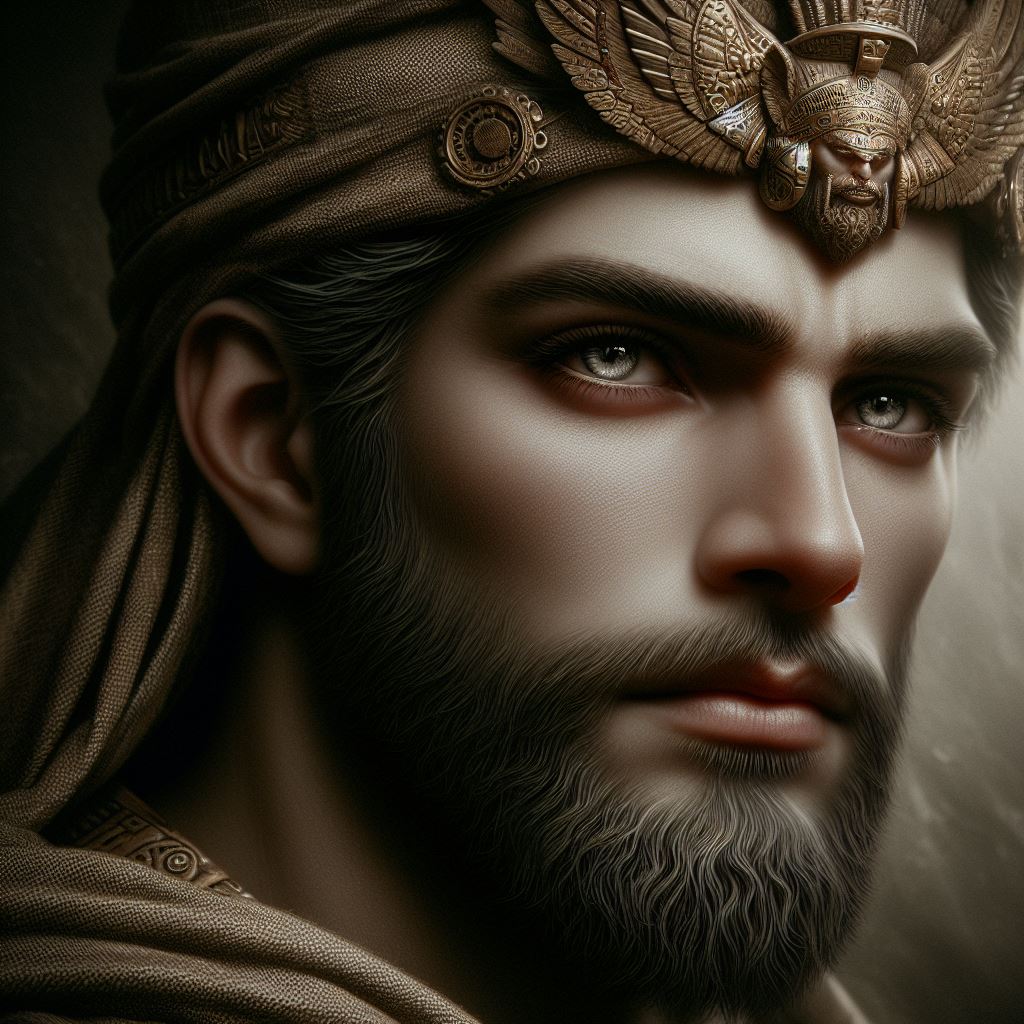
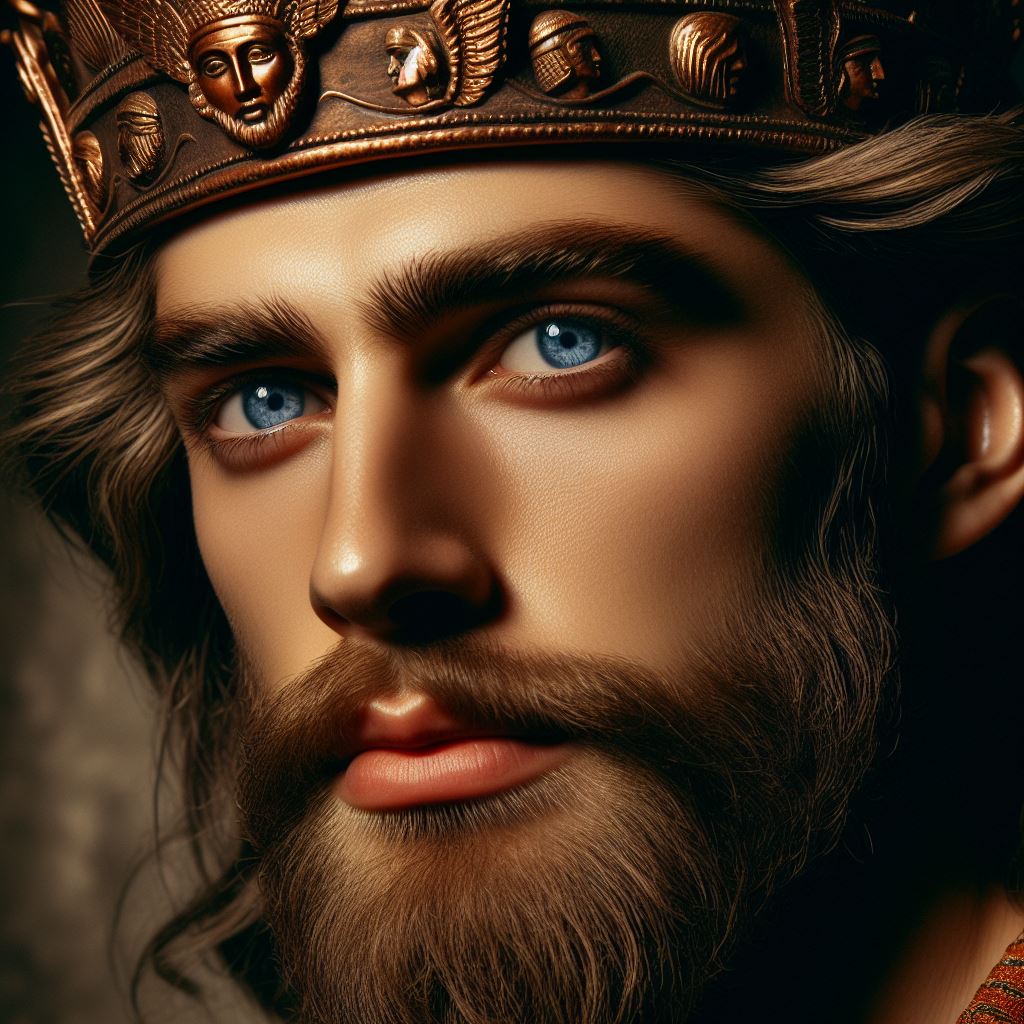
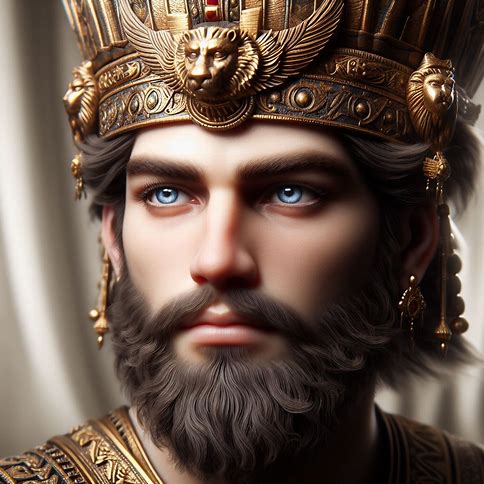
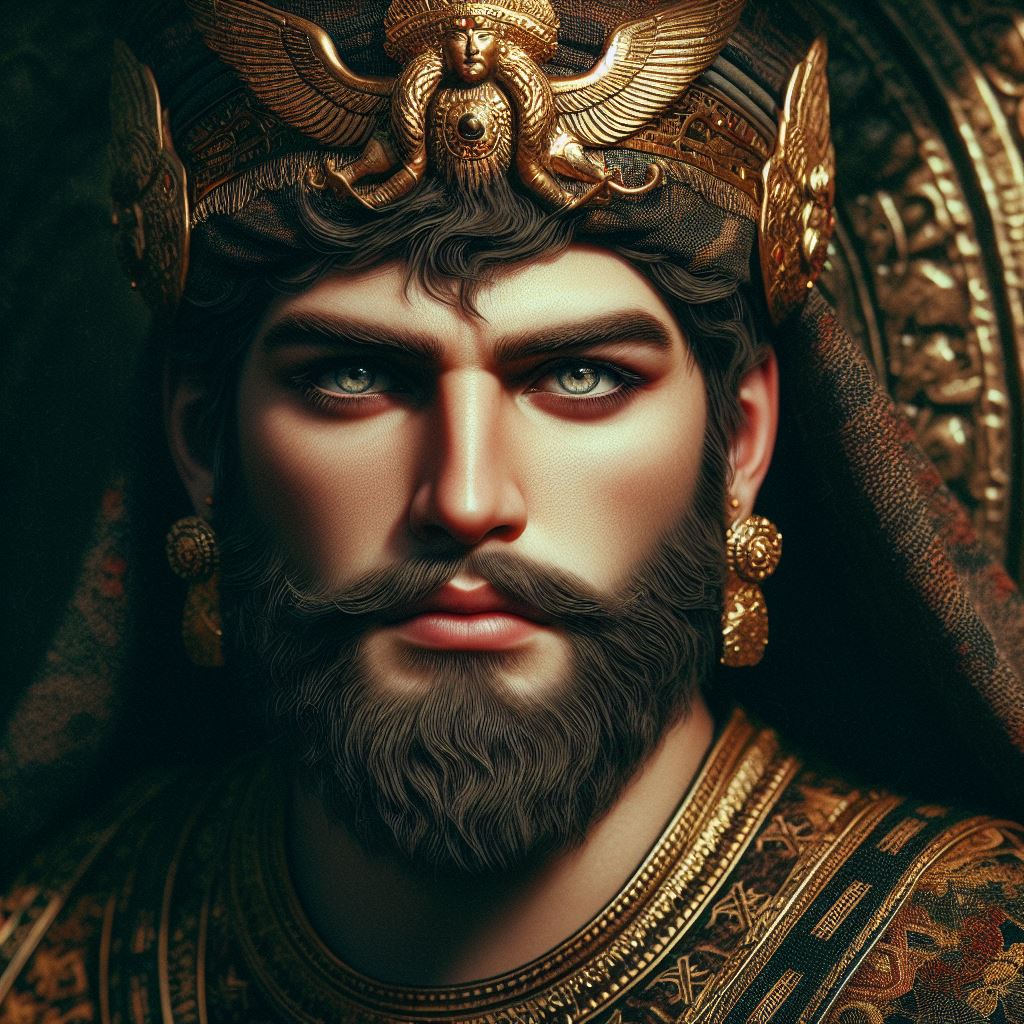
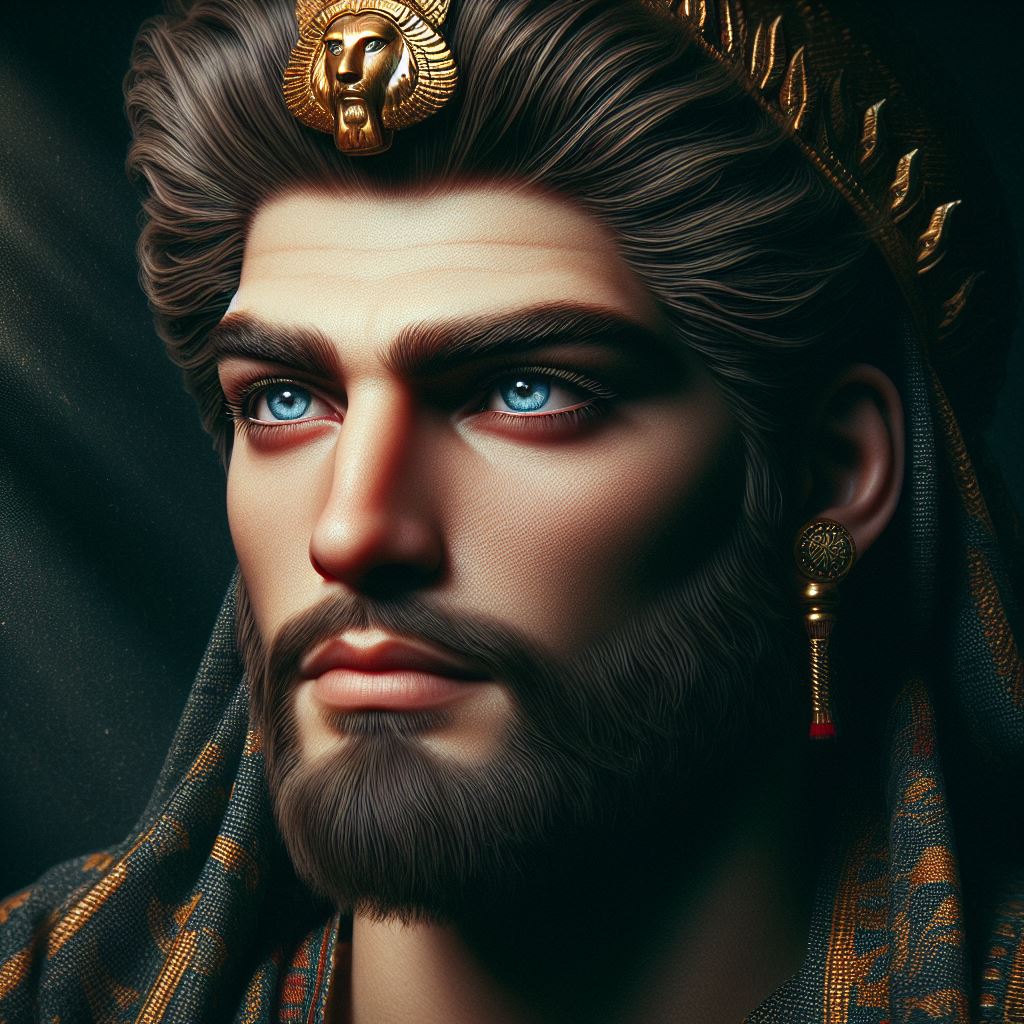
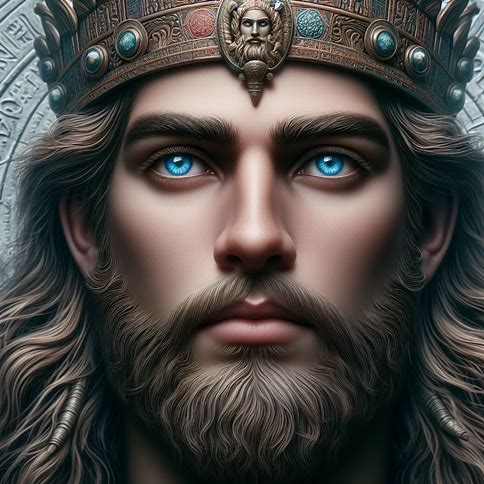
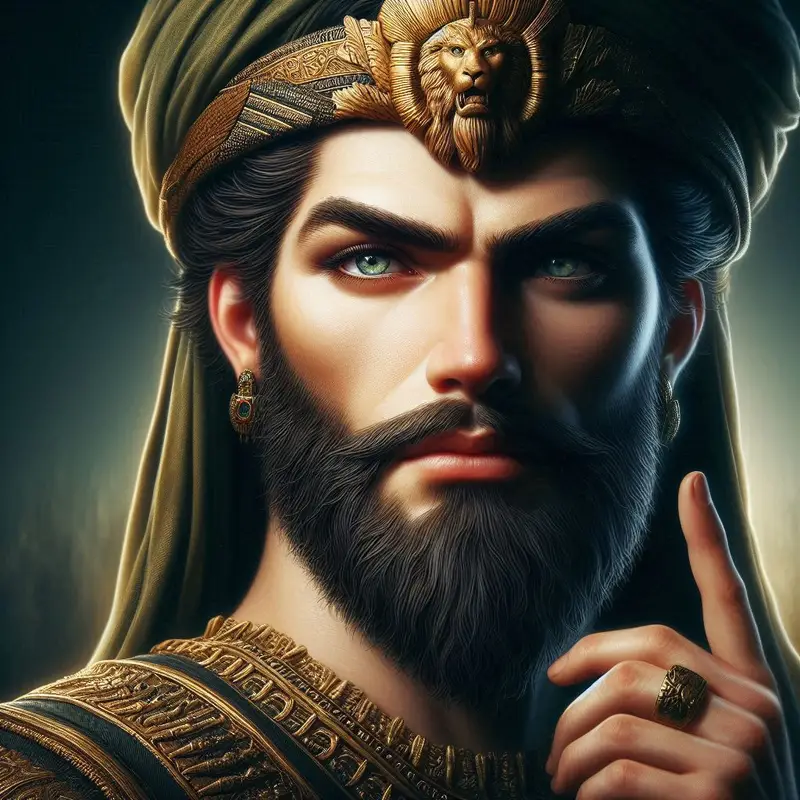
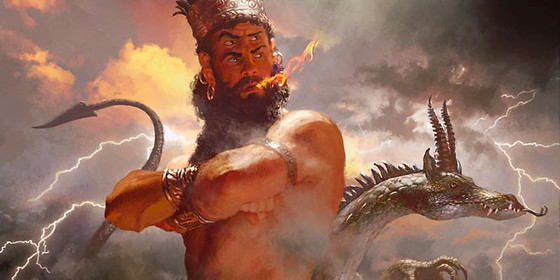
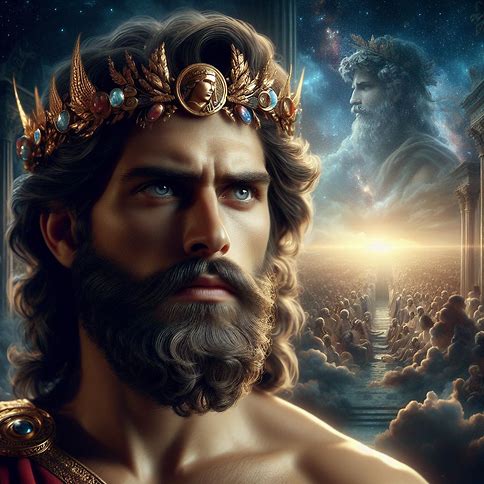
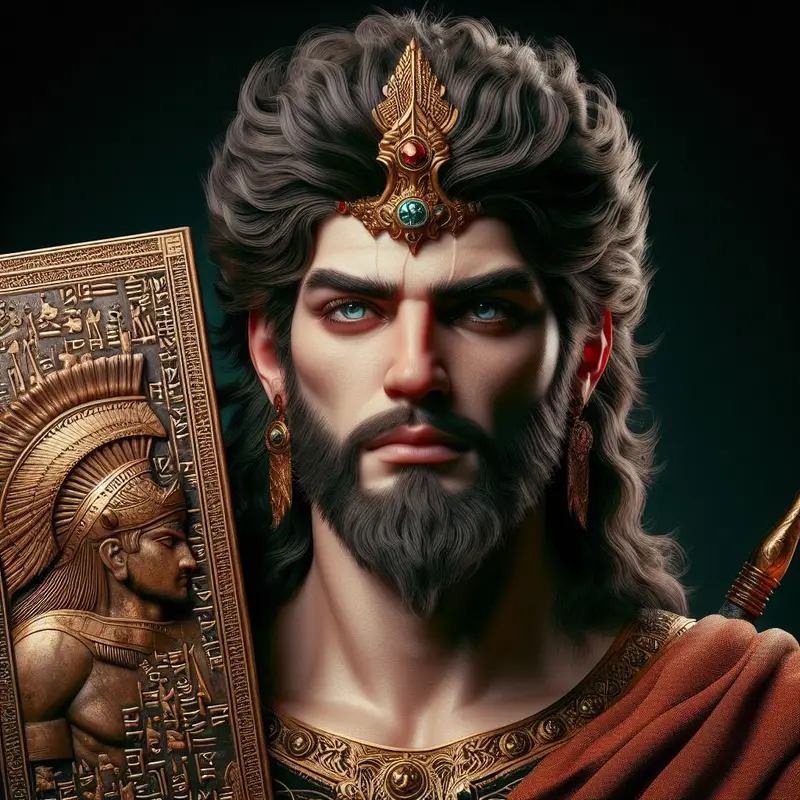
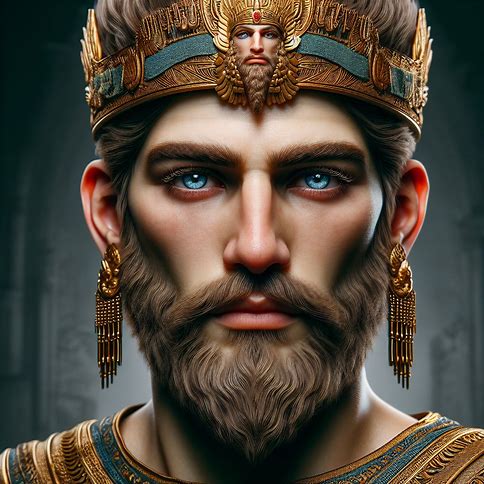
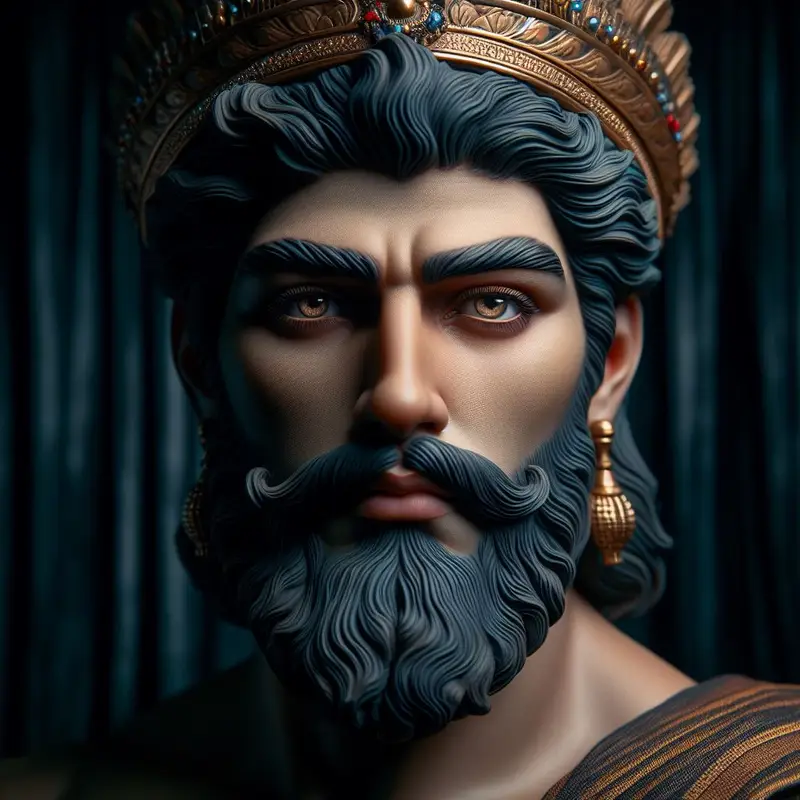
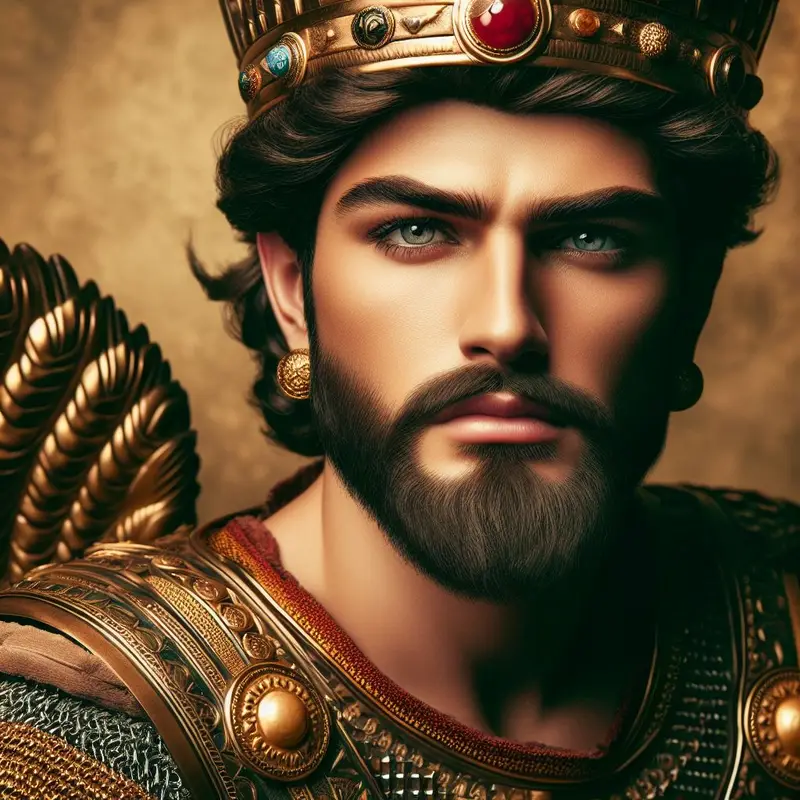

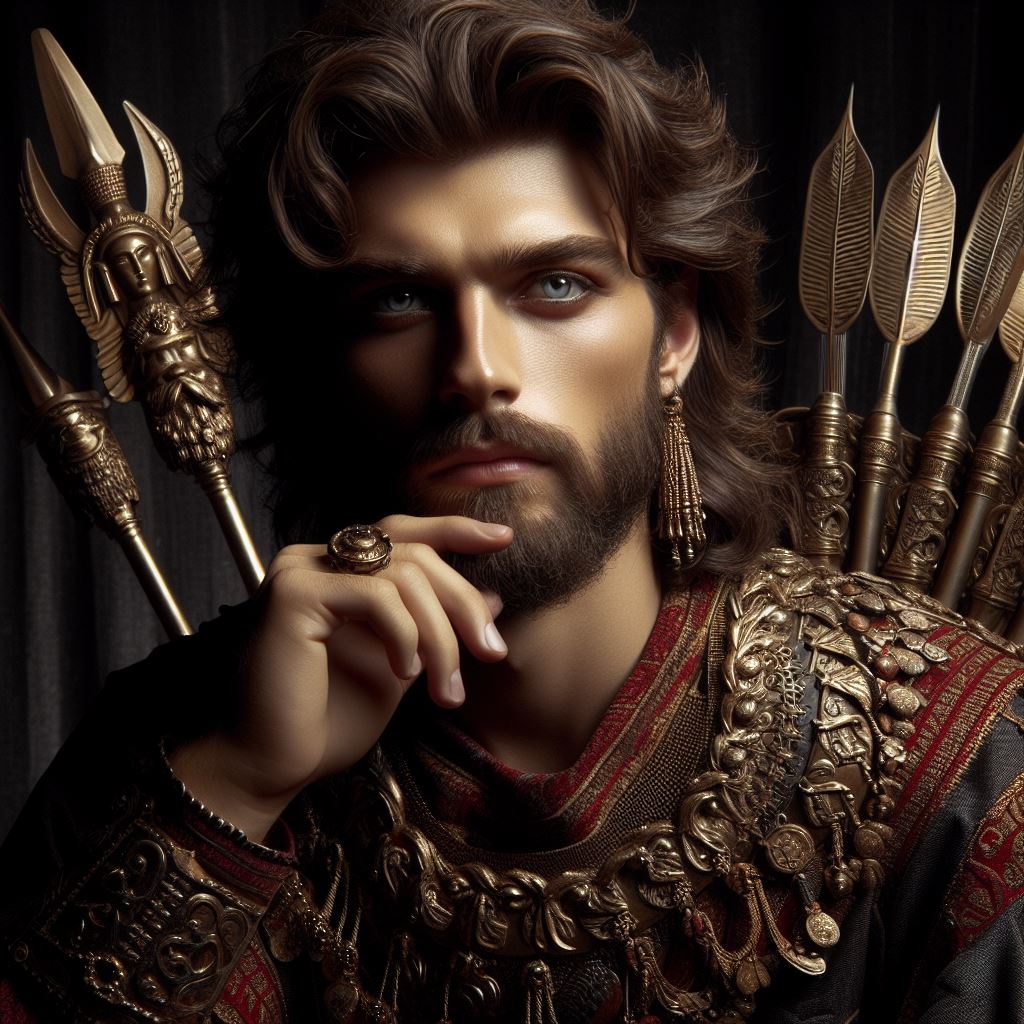
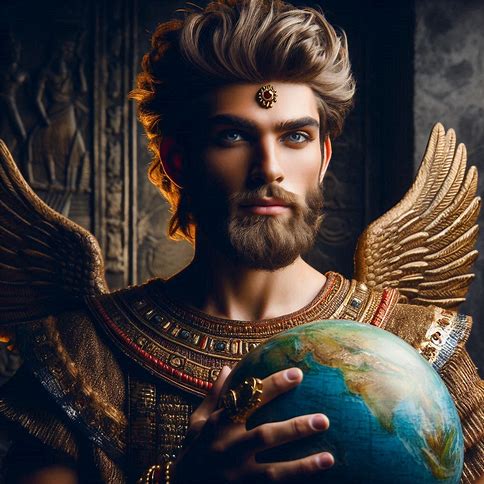

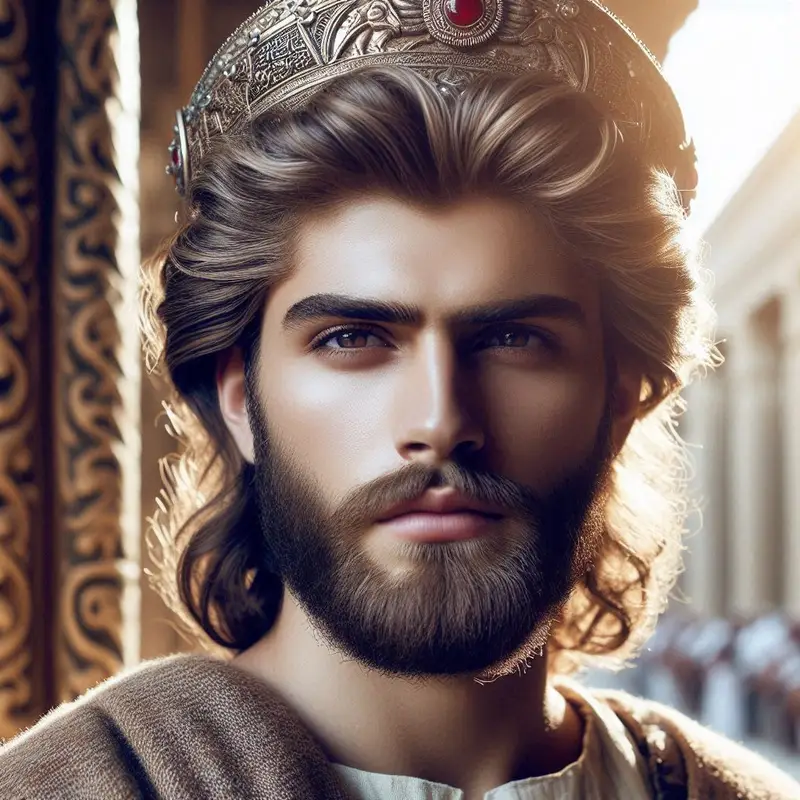
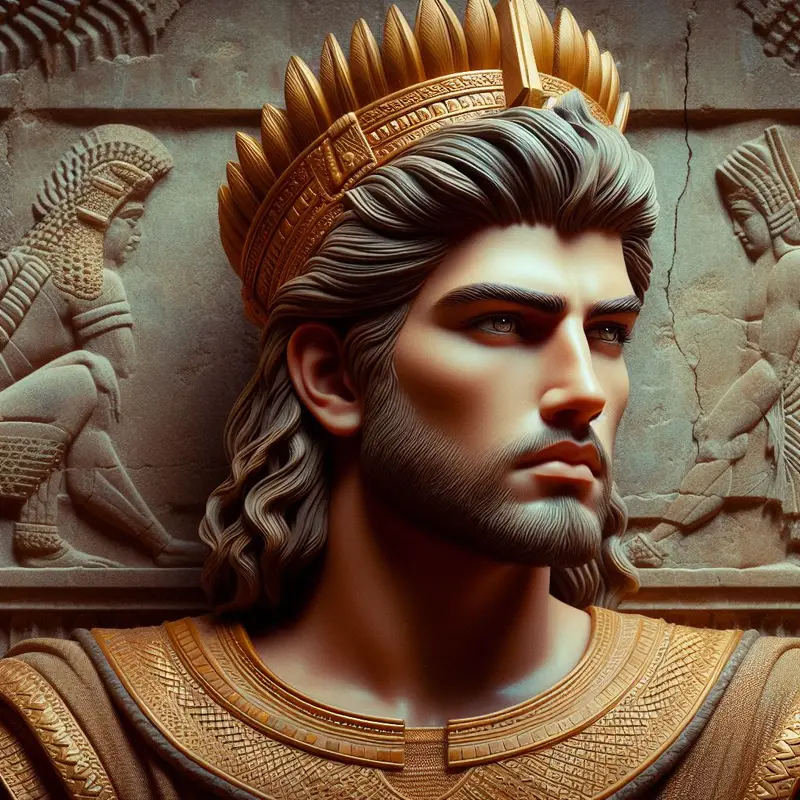
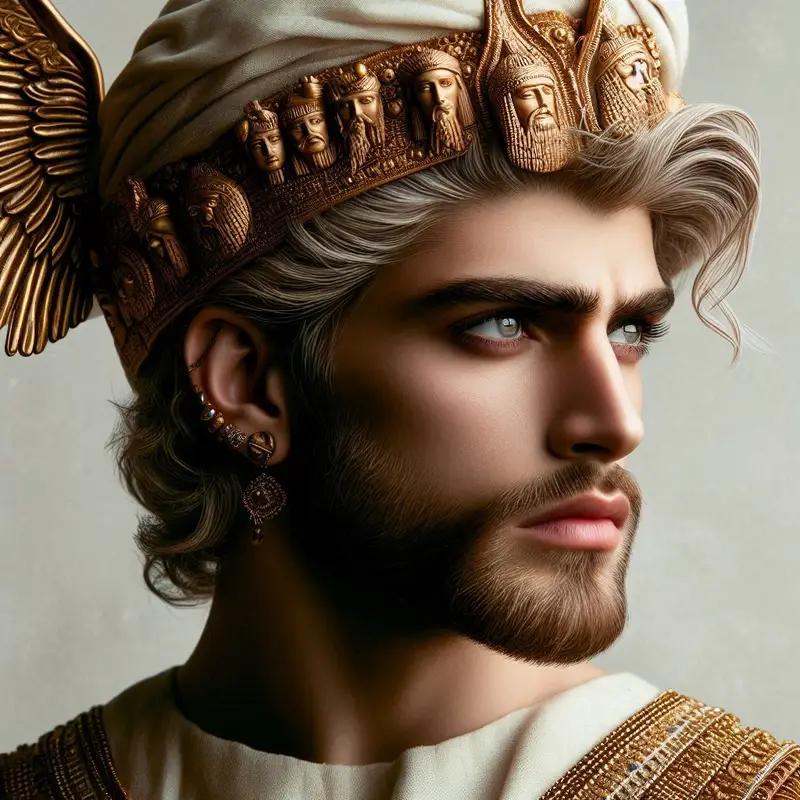
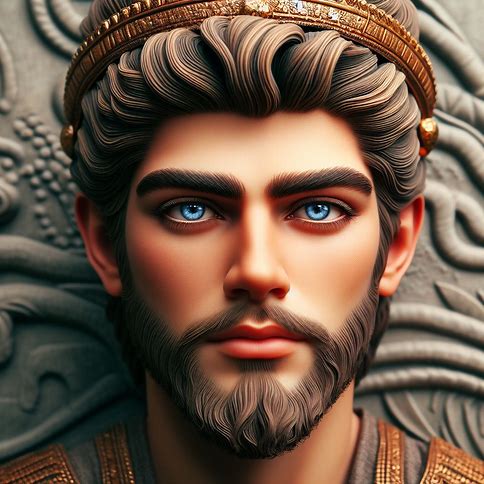
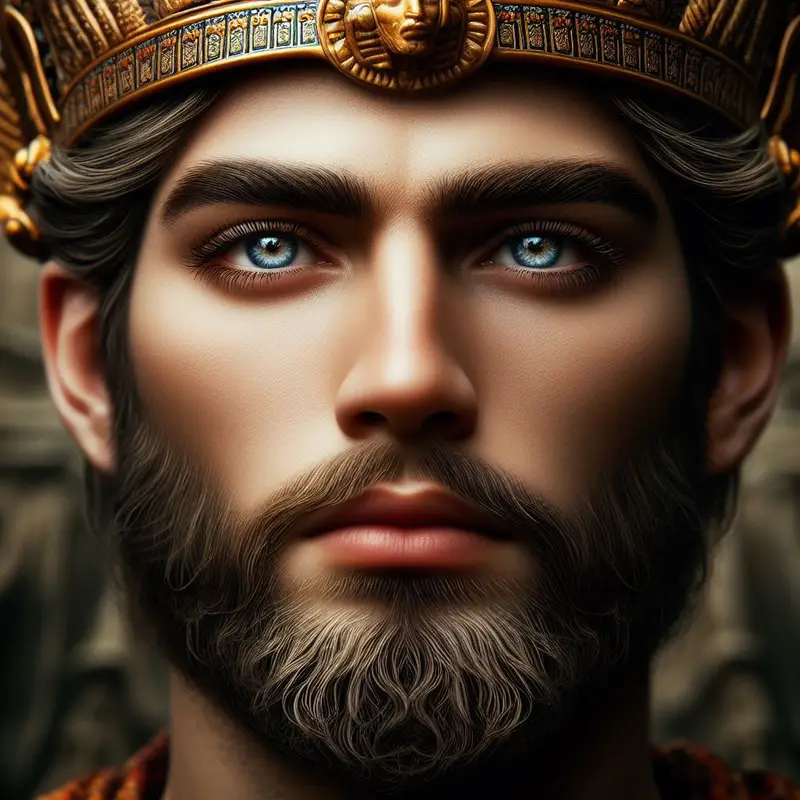
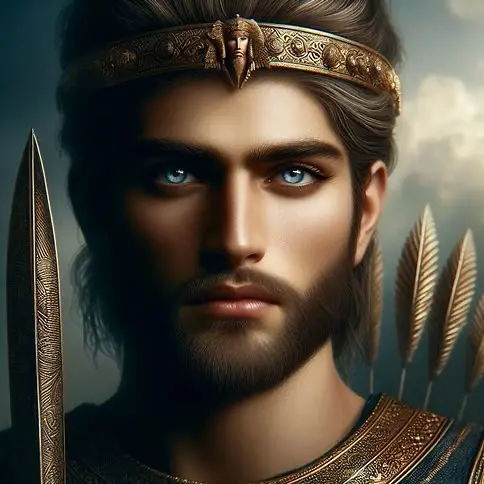
Annunaki Marduk face reconstruction through Microsoft Bing AI software
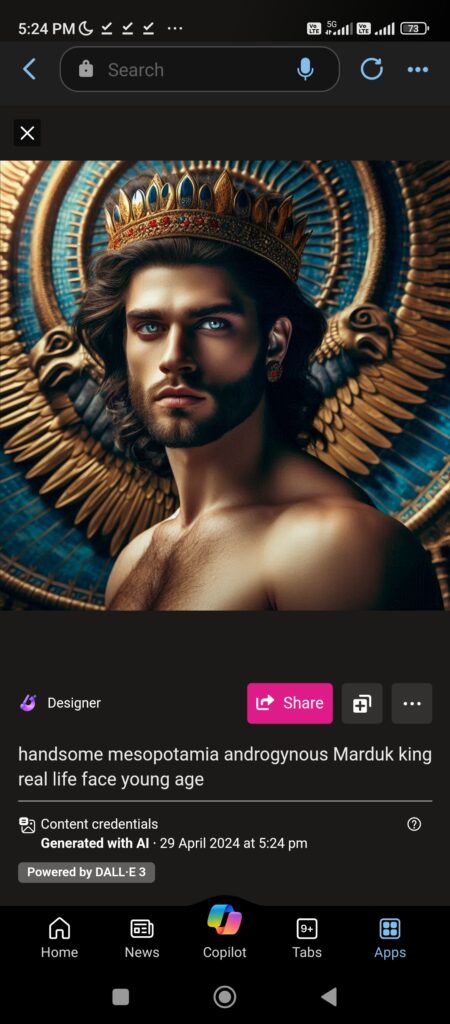
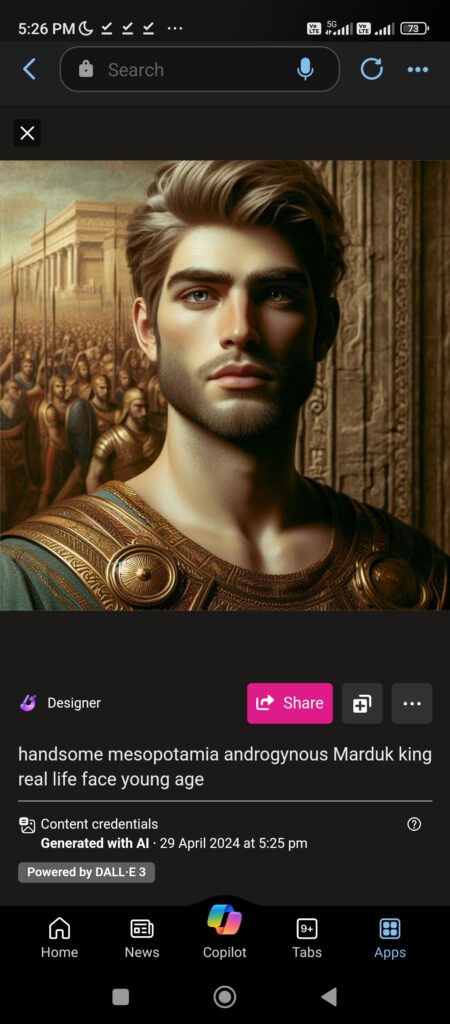
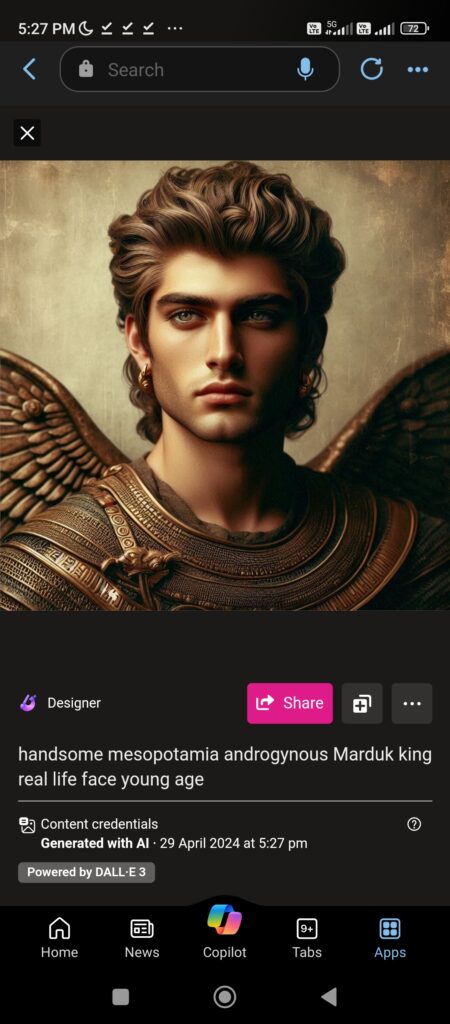
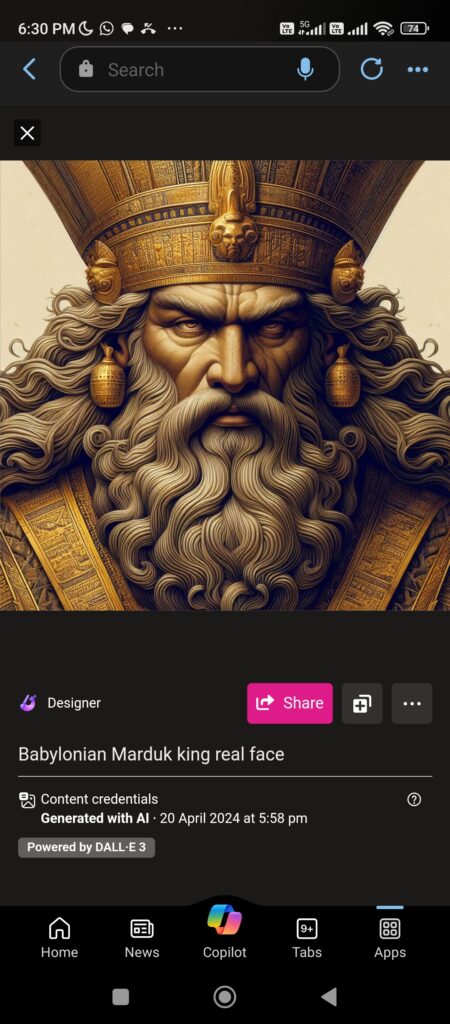
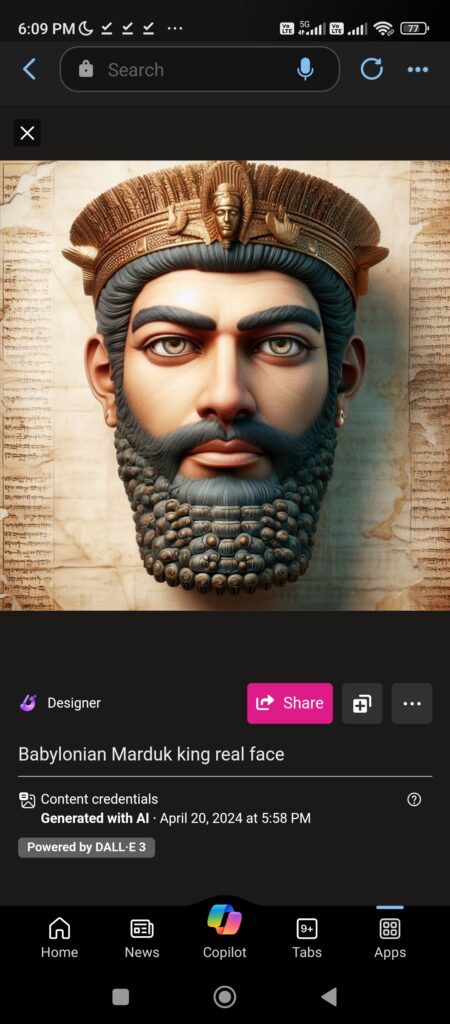
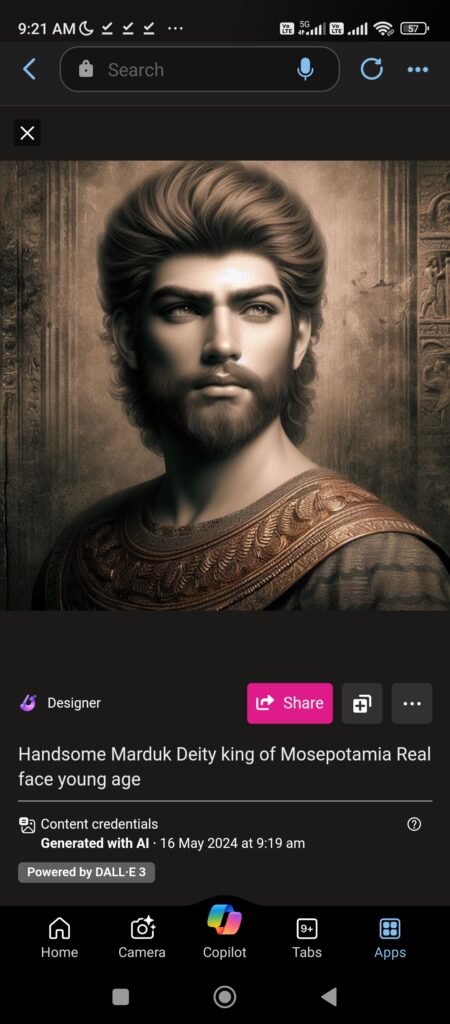
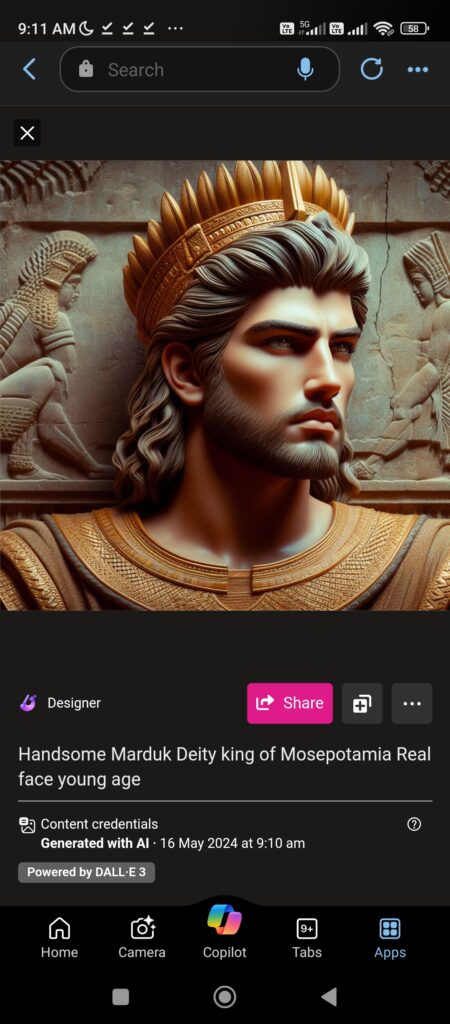
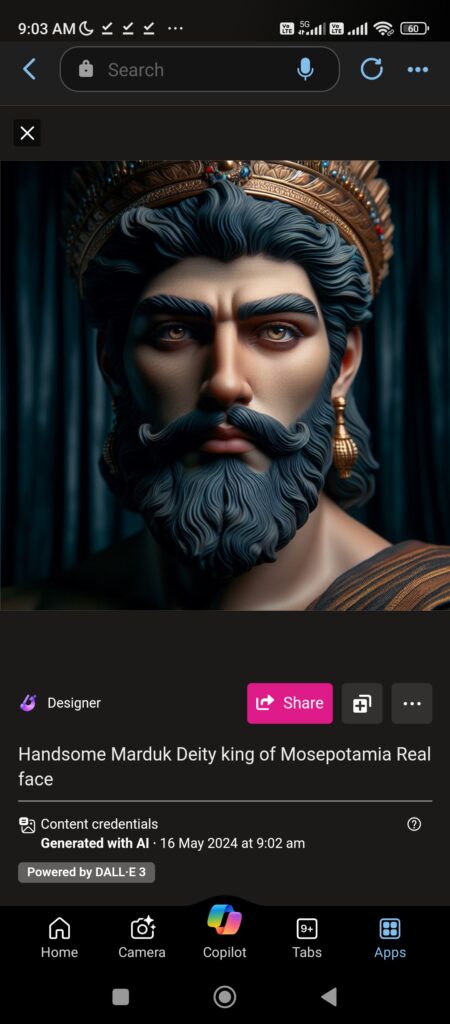
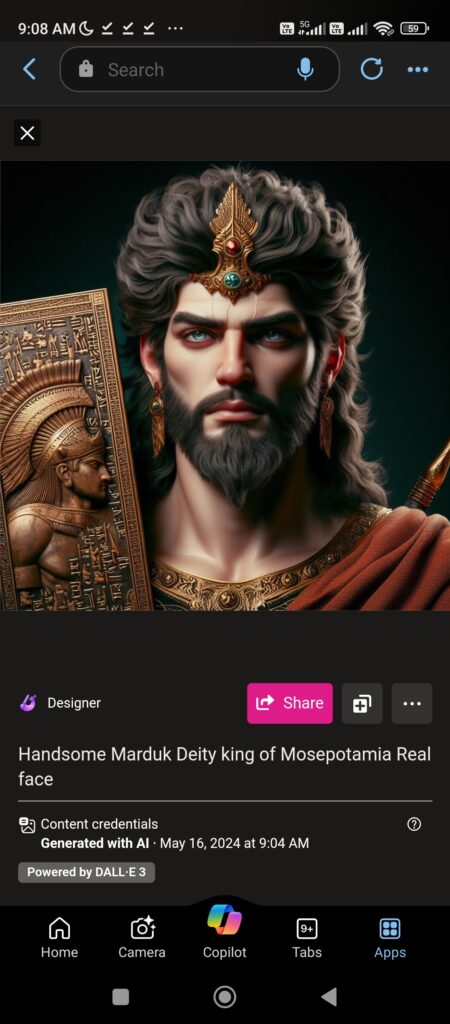
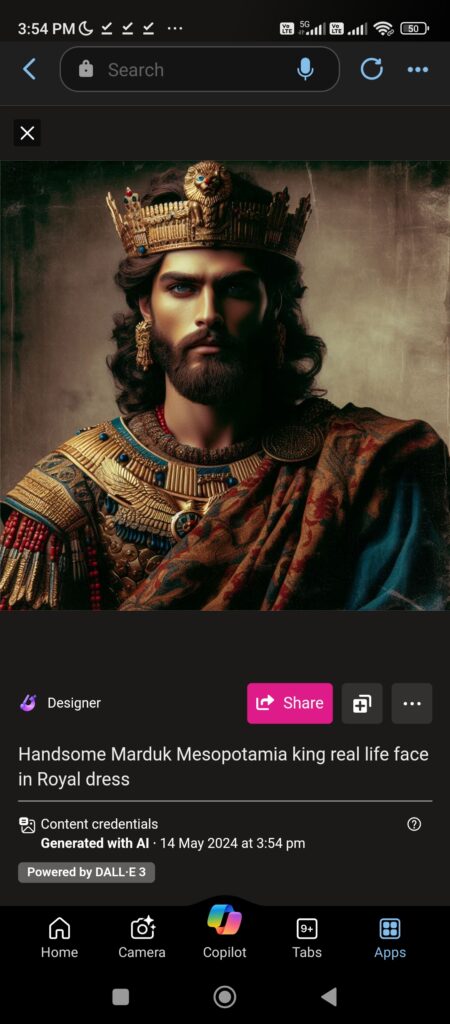
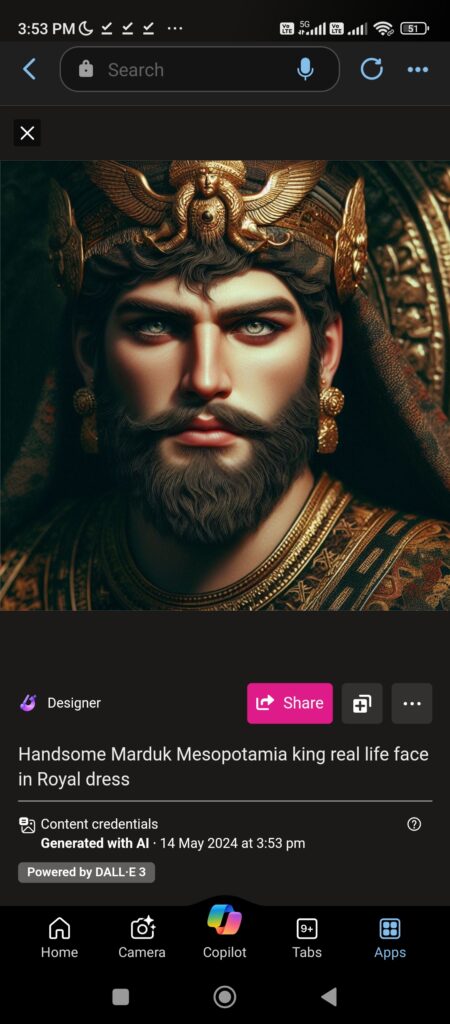
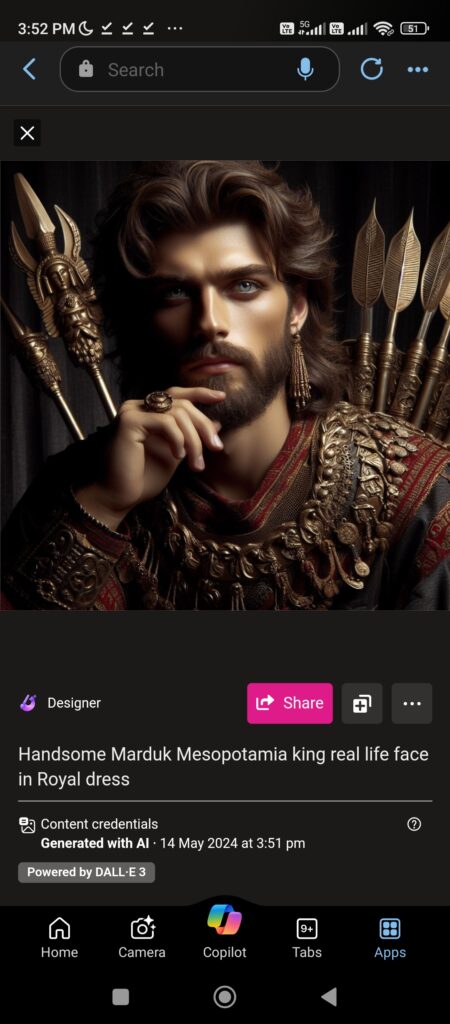
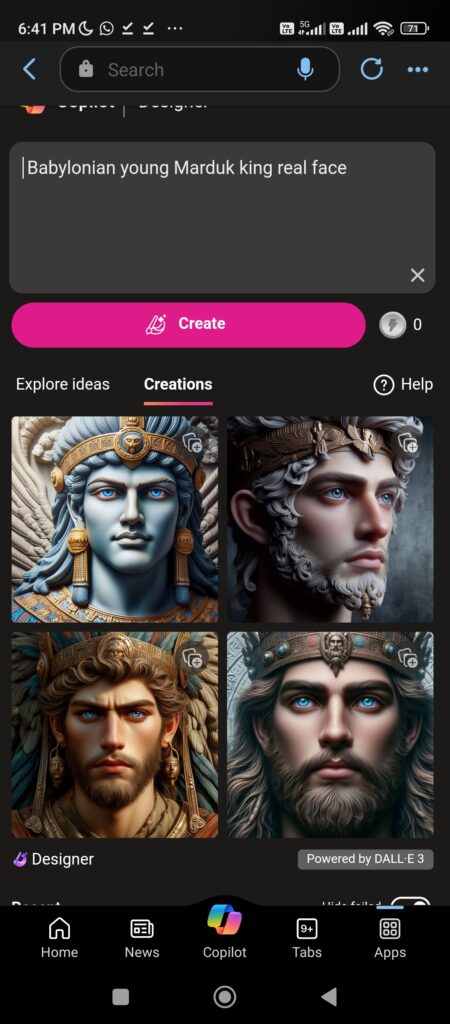
face Transformation of Annunaki Androgynous Marduk from Old to young age
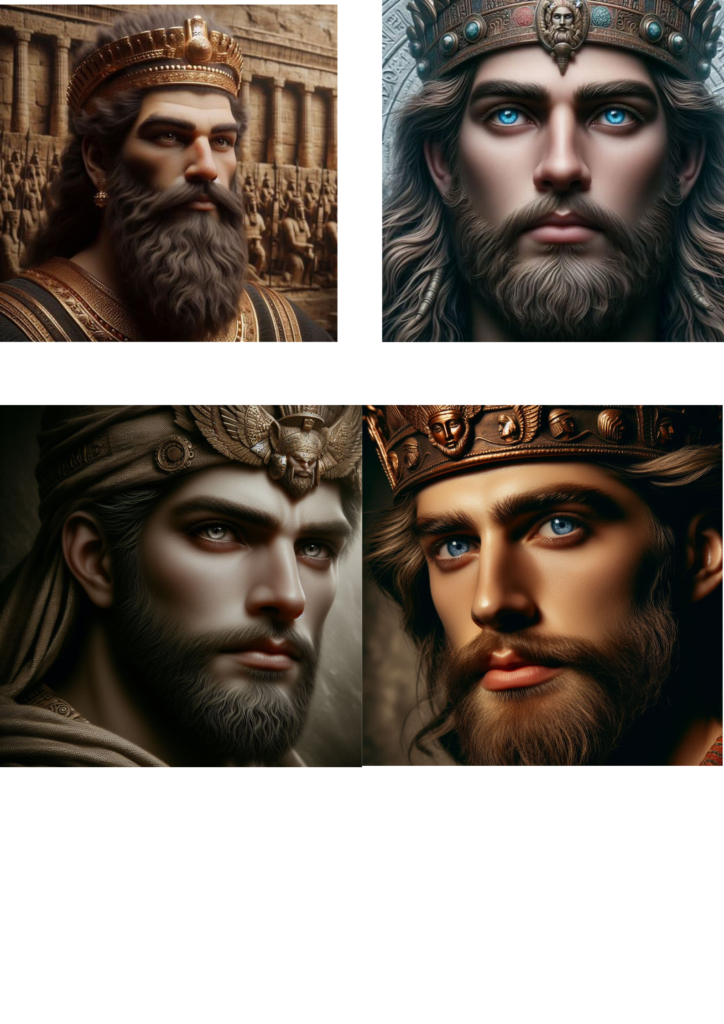
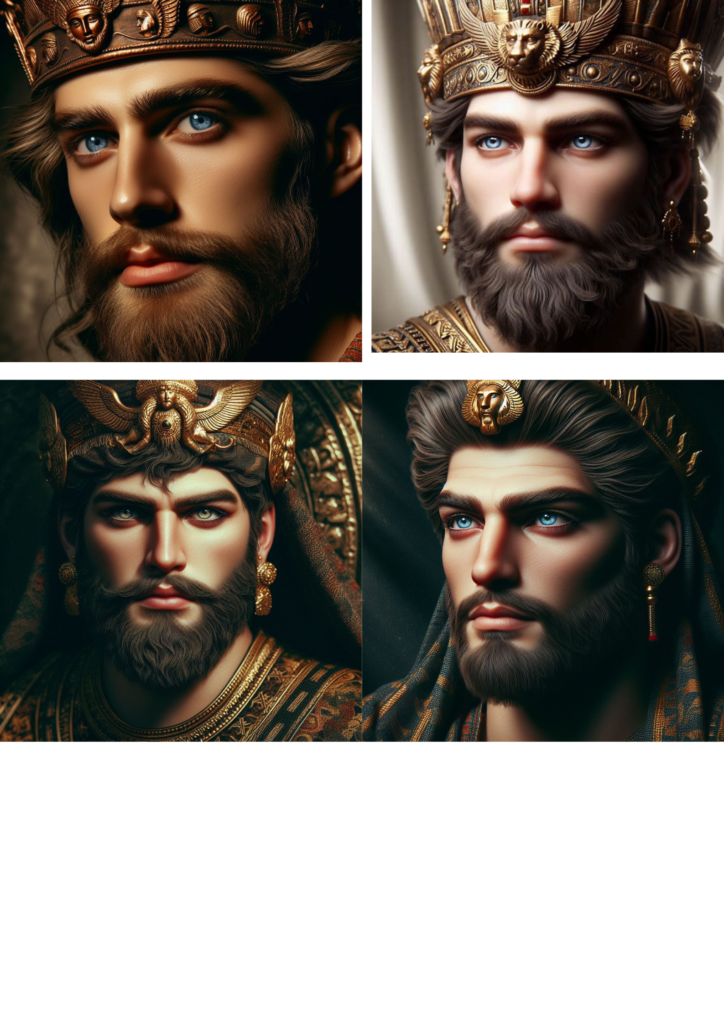
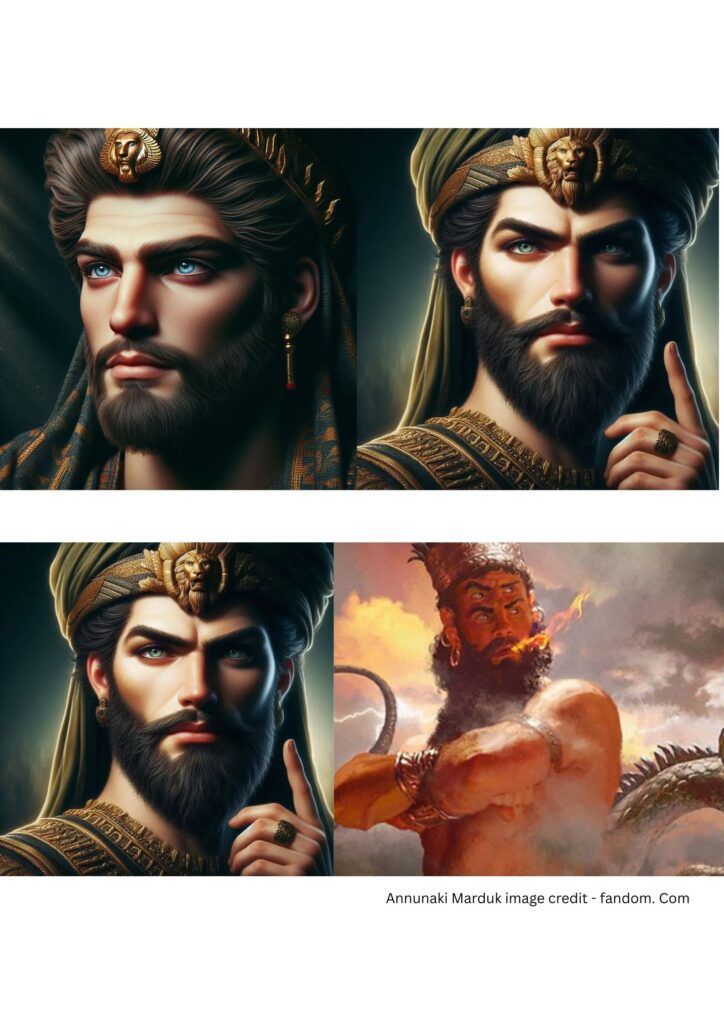
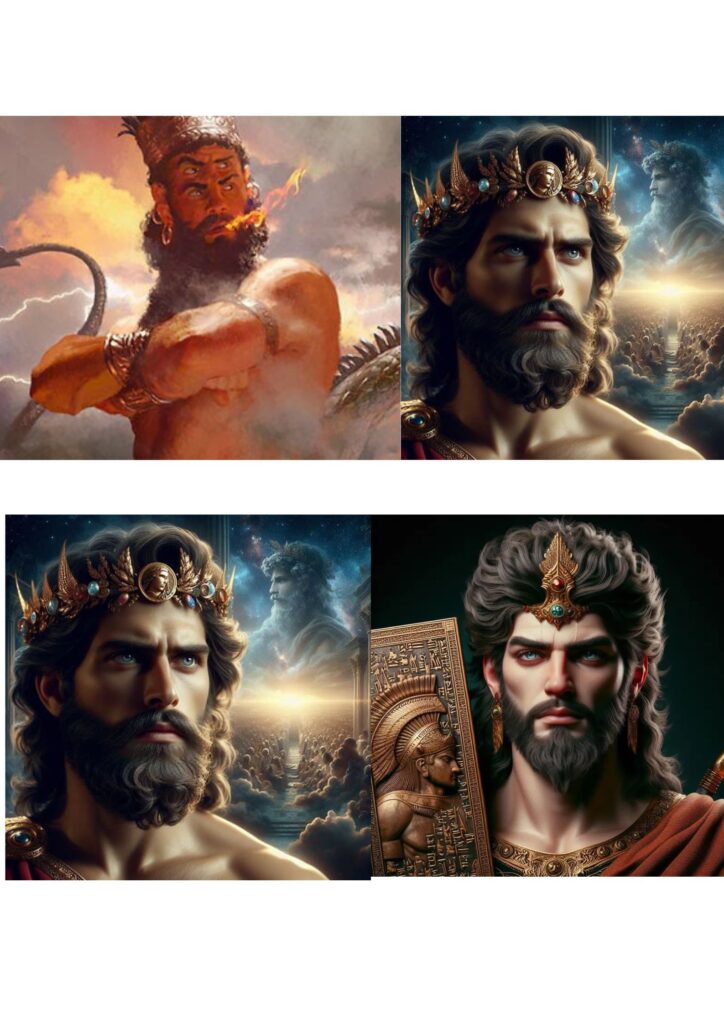
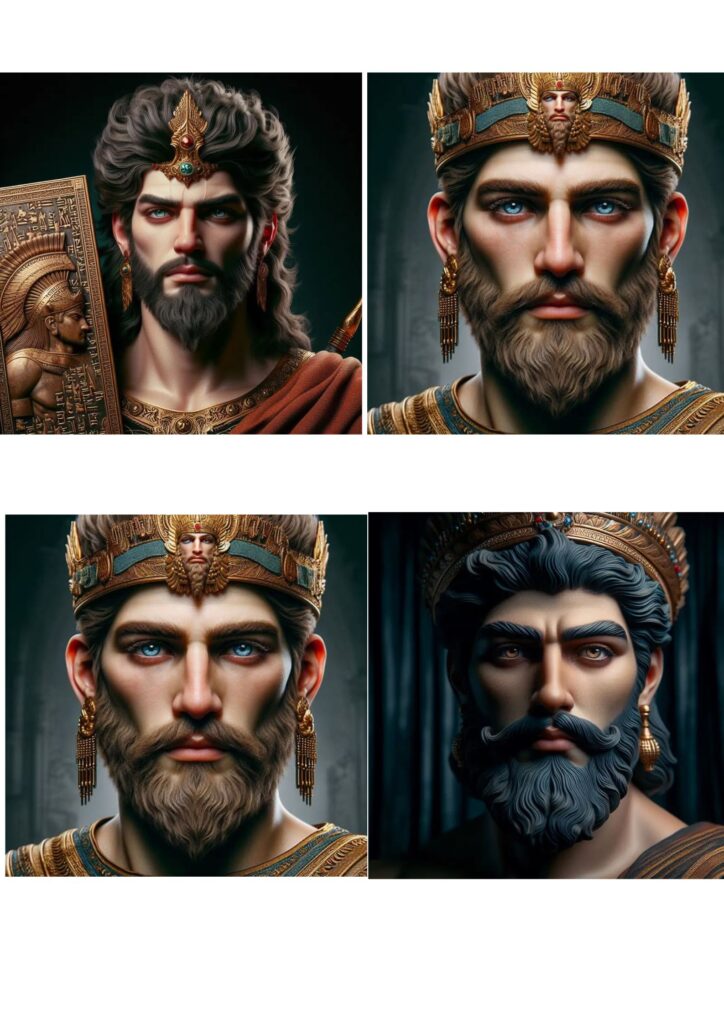
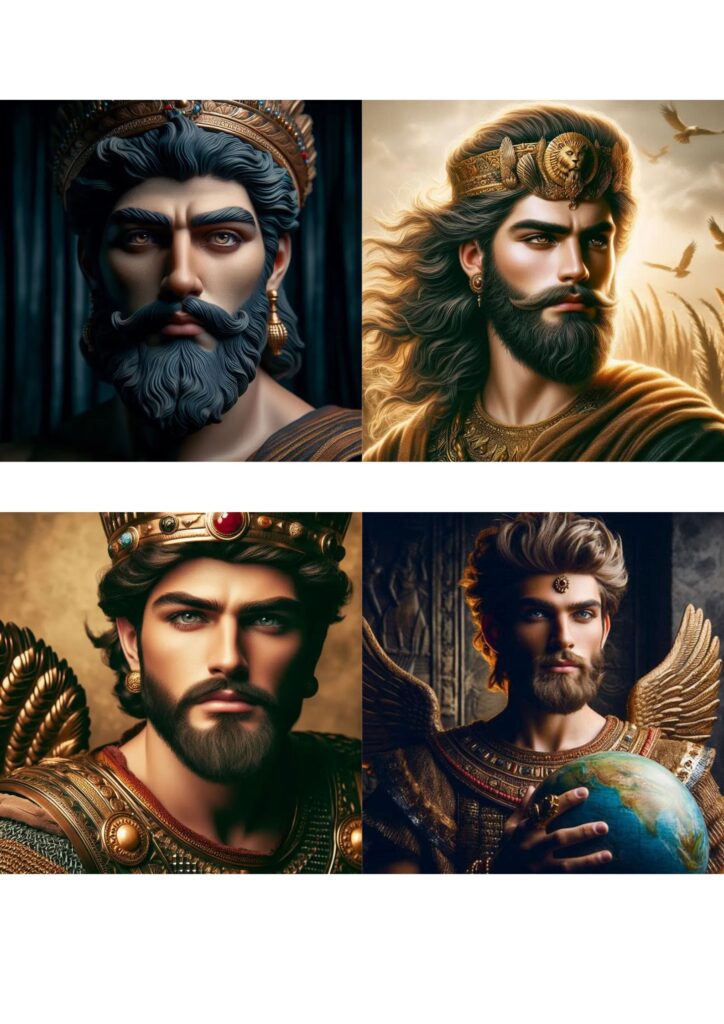
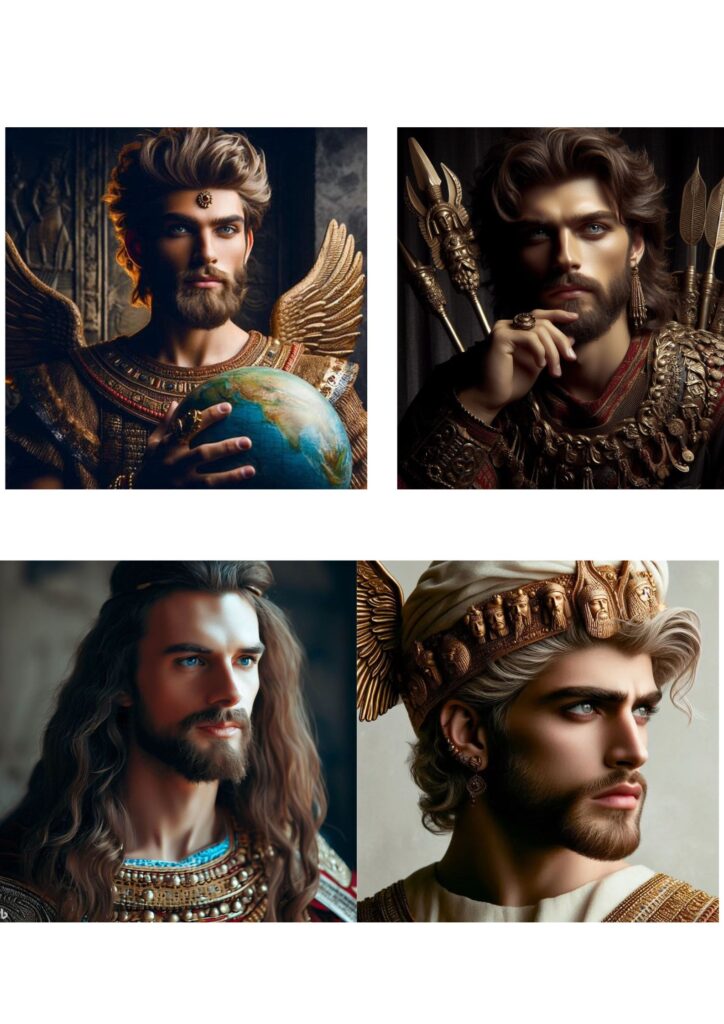
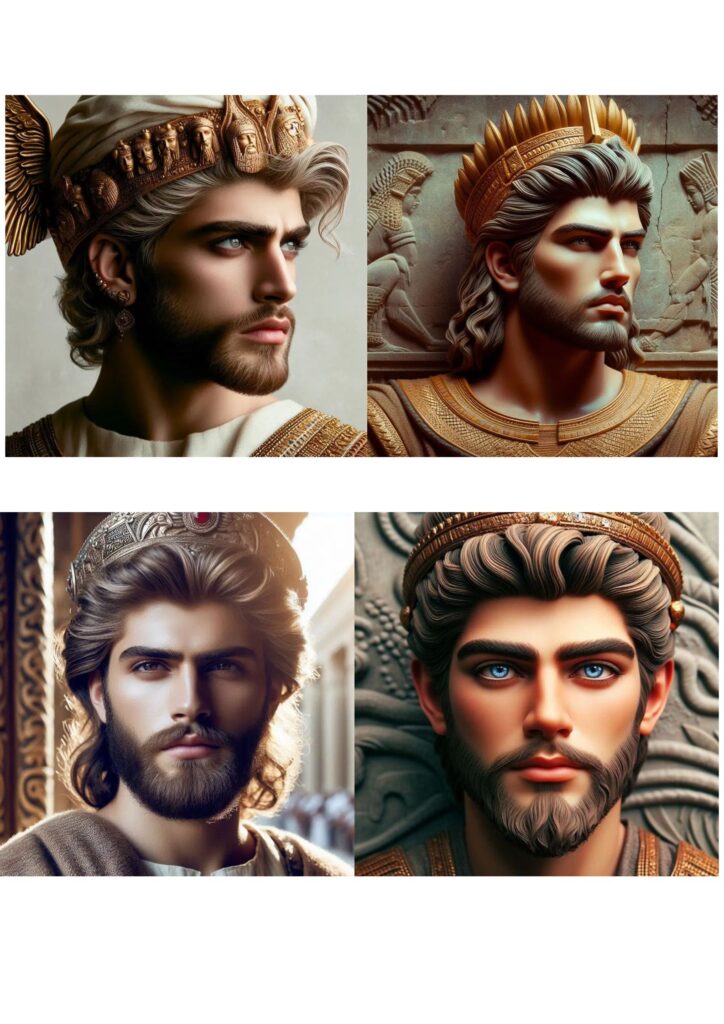
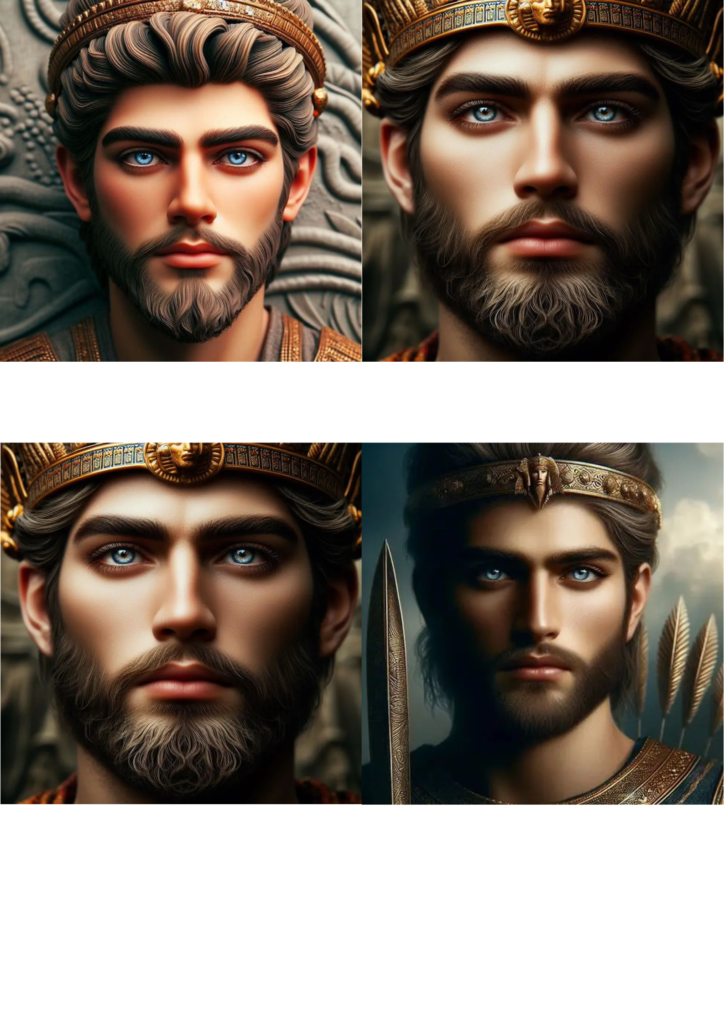

Conclusion -In Ancient history, Hammurabi depicted receiving Authority right to Rule from Annunaki Androgynous authority Marduk, Deity of the Justice, and Husband of Mother goddess Sarpanitum, was Marduk the same Androgynous Dying and Rising authority Whose face remains the same in every birth, and responsible to restore knowledge of civilizations after Flood.
Lets Test the Hypothesis
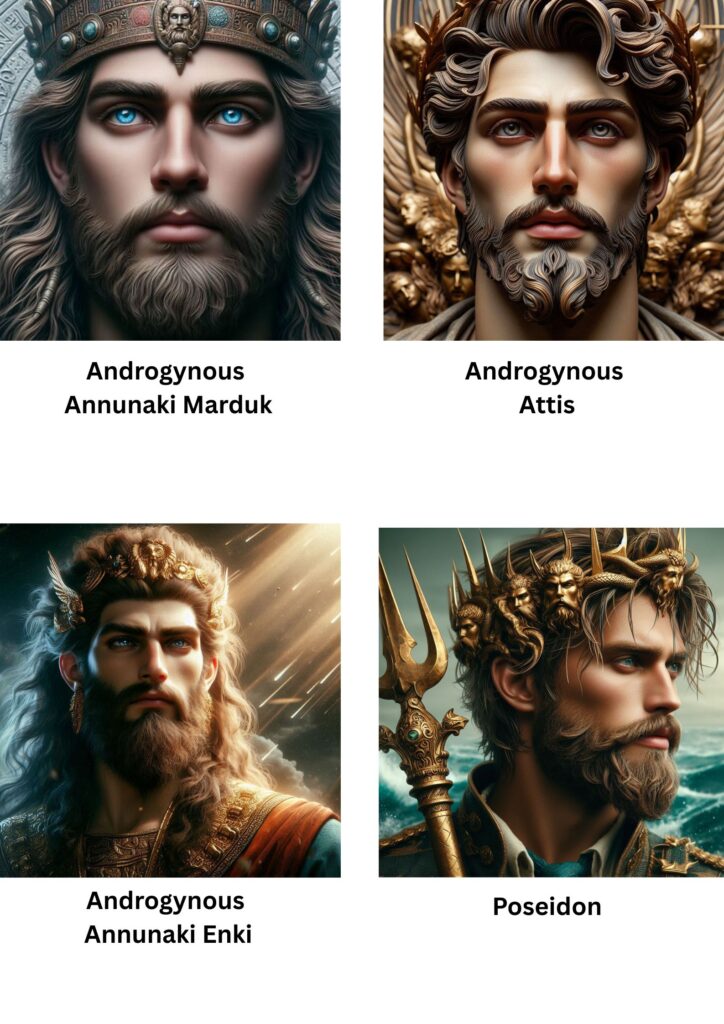
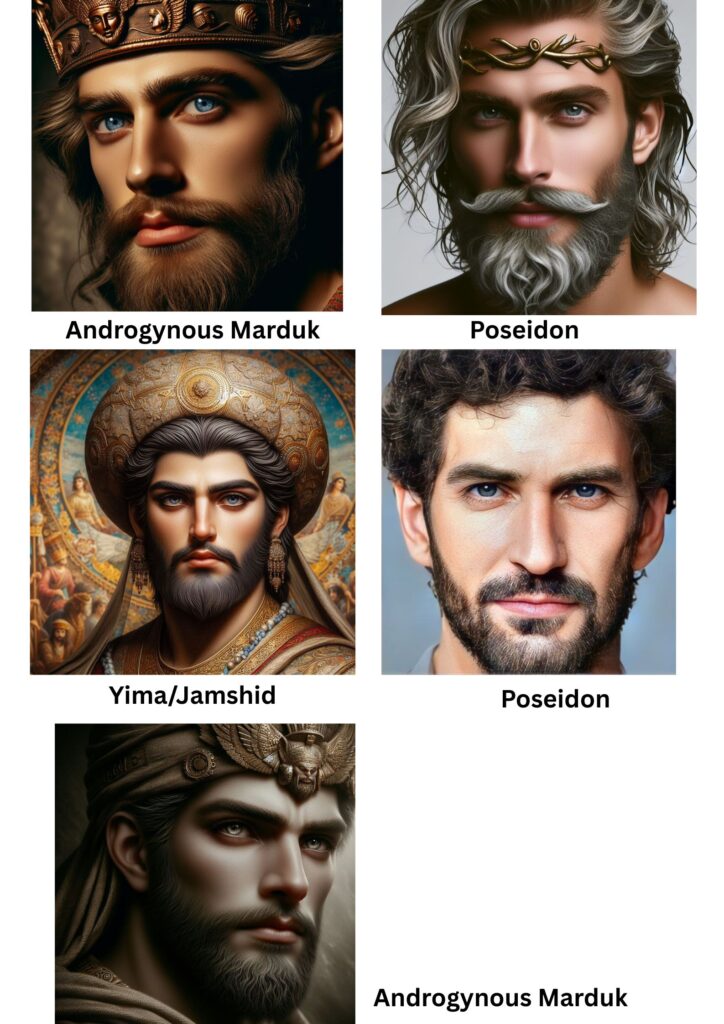

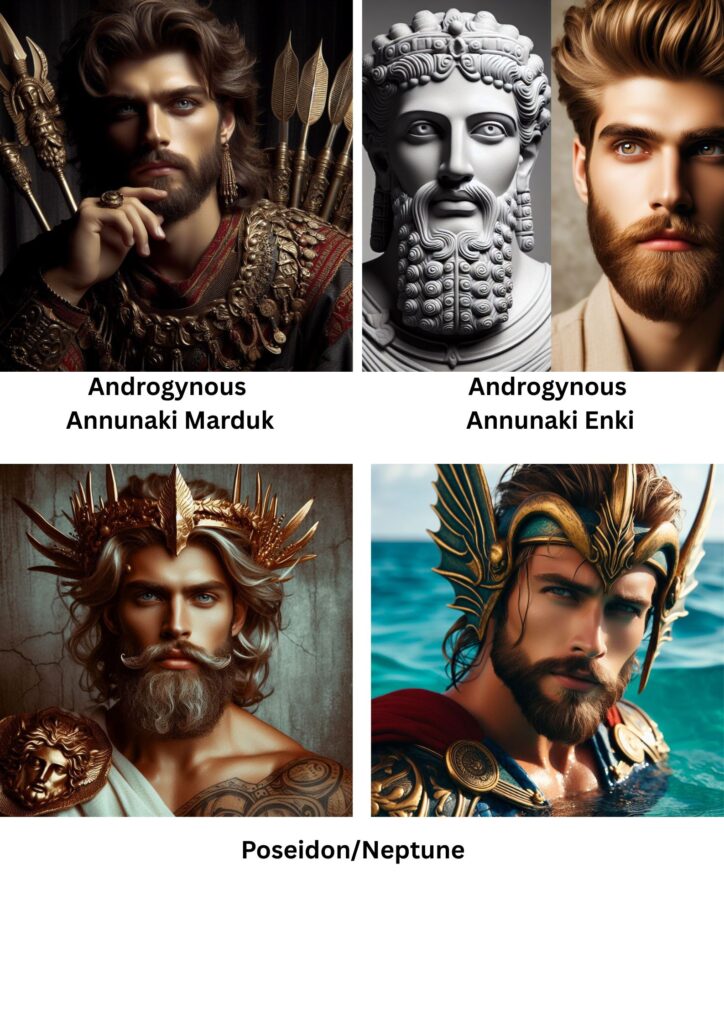
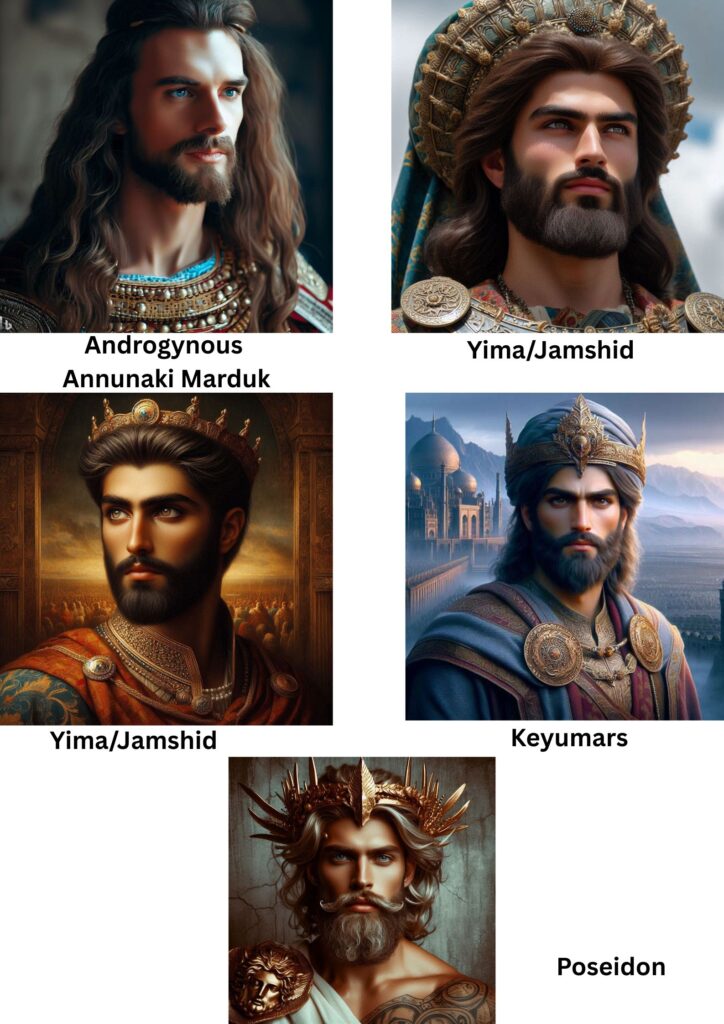
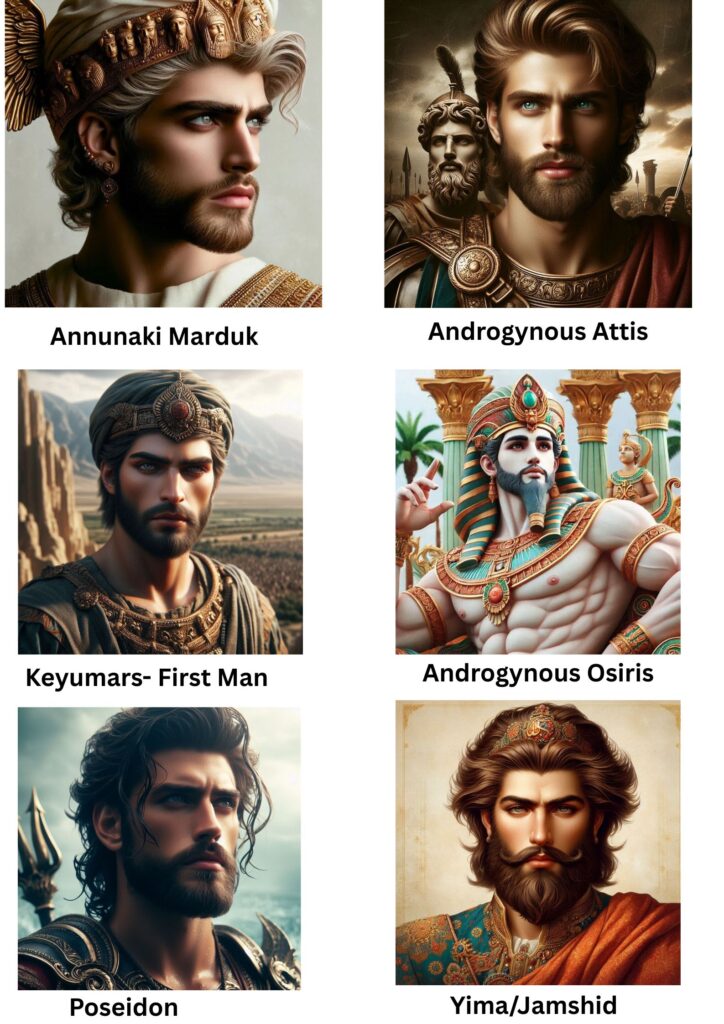
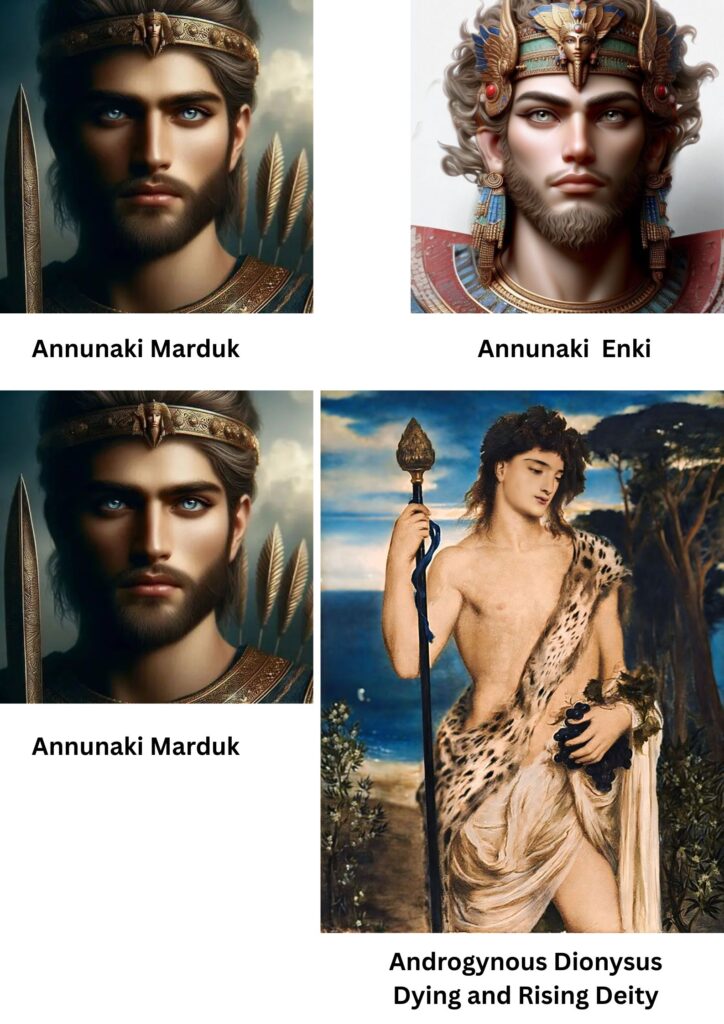
Unsolved Mystery – Androgynous Annunaki Marduk, Deity of the Justice face Match with Another Possible Births of this Creator of civilizations and Dynasty founder Androgynous Dying and Rising authority Mentioned in Indian vedic text, and Egyptian book of the dead.Anuunaki Deity mentioned as a Extraterrestrial, it is Biggest unsolved Mystery.
Vidra Culture -3000 BC

Credit – Neoclassicism enthusiastic CC 4.0
Yemen

Credit- sailko CC BY SA 3.0
